Leaderboard
Popular Content
Showing content with the highest reputation since 31/12/16 in Posts
-
Because River Don is the major river of South Yorkshire and flows right across it from the extreme west to the extreme east I have always had an interest in its source. The location of the latter is somewhat complicated by the fact it is dammed very early in its course by the Winscar reservoir which is about 6 miles west of Penistone. However, careful inspection of a large scale map shows that the Don, as a stream, flows into the reservoir's western arm (see pic 1) and its source being just over a mile further west from there at SE 119 027 (see pics 13 & 14). By the time the Don flows into Winscar numerous streams have already converged into it including one from "Don Well" (see pic 6) which is situated at SE 133 027. Despite its name the well cannot really be thought of as the source because the Don is already a significant stream (see pic 5) before it reaches that area. Furthermore the quantity of water flowing into the Don from the well is relatively insignificant, or it was on the day I visited (see pic 8). Arguably, because it is all a little subjective, the Don rises from an area of marshy ground around Withens edge and at that point it appears to be named Great Grain(s). Interestingly the aforementioned area is the watershed for the Don and the River Etherow (see pics 13 to 16) , the latter flowing in the opposite direction and eventually ending up in the Irish sea via the rivers Goyt, Tame and Mersey. The Don's eventual destination is, of course, the North sea so, in this area, drops of rain landing just a few feet one way or the other determines which sea they flow into 140 miles apart. It is not just coincidence that Holme Moss radio transmitter is situated less than 2 miles from this watershed (see pic 13) because transmitters are, ideally, situated at altitude to maximise their coverage. Holme Moss is purely a radio TX these days but when it was built in 1951 it transmitted TV (on VHF) over both sides of the Pennines, just like the Don/Etherow watershed does for water ! Also see : https://drtomsbooks.files.wordpress.com/2019/11/the-yorkshire-river-don-b.pdf Pictures (in rough geographical order E to W) : 1 - River Don entering the west end of Winscar reservoir 2 - River Don flowing down towards Winscar reservoir 3 - Confluence of Little Grain Clough (?) and the Don 4 - The River Don just downstream of Don Well 5 - Last confluence of the Don (or Great Grain) before Don Well 6 - Don Well 7 - Water rising from the marsh at Don Well 8 - Water from Don Well seeping into the Don 9 - Just down from the Don watershed, looking west 10 - Early course of the Great Grain 11 - Typical rising of a watercourse 12 - Great Grain as a brook 13 - River Don watershed facing WNW towards Holme Moss transmitter 14 - River Don watershed facing east 15 - River Etherow watershed facing SW 16 - River Etherow watershed facing SW (note Holme Moss transmitter to the right).8 points
-
I am a 75yo disabled American. I just want to say how sorry I am at the loss of Queen Elizabeth. I will miss her so much. Nothing will ever be the same again. But, GOD SAVE THE KING!8 points
-
6 points
-
6 points
-
Here are a selection of paintings by a Sheffield artist who was active in the very early 1800's, W Botham. There's not much information available but apart from the late birth date I'd say he was William Hallam Botham, born 23rd April 1790 to Eleanor and George Botham. George Botham was a Confectioner and Glass and China merchant in 1792, based at Irish Cross, selling raisins, nuts, lemons, prunes etc. In August 1797 the business was at 14 Market Place. William Botham was a fellow apprentice of Francis Chantrey when they were both at Ramsey's carver and gilder, High Street. Later, Chantrey worked in a room above a confectionery shop in the High Street kept by a man named Botham - possibly George?6 points
-
I don't know whether it's to do with the lockdown & Covid precautions and we are mainly staying at home but much of the site recently, has been taken up with photo's, videos etc of what's happening in the city centre now. Others may feel differently but I personally am not the slightest bit interested in today's modern Sheffield because I feel that the council and planners have ripped the heart out of everything this city meant to me. There was a bit of chat about the old Coles Bros etc but many seem not to care too much about the resulting demise of John Lewis and think it was too expensive anyway. As Debenhams has suffered the same fate, the result is that If you like wandering around department stores, then apart from Atkinson's (long may they survive), there is no point in going to town at all. In my early days of marriage, I was lucky enough to get the tenancy of the house next door to where I was born. It was left full of very good quality but quite old furniture. The first thing I did was chop it all up and buy modern, early 60's furniture throughout (the thought makes me shudder now) and only in later years did I realise my stupid mistake. I don't think Sheffield Council have had that realisation yet but, as in my case, it's now too late to rectify it. I view lots of old videos and photos of old Sheffield and it brings one close to tears when you see all those MASSIVE crowds of people scurrying about like ants in the old city centre, and compare that with the lifeless and soulless scenes of today. You would think we had endured a nuclear holocaust and the end of the world was nigh. I remember crossing the footbridge, (never seen any photos of this) to the old Castle Fish market with my Grandma in the early 40's and enjoying cockles or mussels or, better still, chips, pie & peas from a stall which I still took my family to more than half a century later and basked in the nostalgia of those poor but happy days. The old Rag & tag market was equally as much loved. What will younger generations get nostalgic about in years to come but a dead city centre which will look nice although soulless until it's covered in graphiti, beer cans and litter.6 points
-
Hello I just finished writing the code for this Watermills of Sheffield page, it's an interactive map showing all the locations of the watermills listed in the book 'The Water-Mills of Sheffield' by W.T. Miller published in 1947. Tap on a mill for its name, and tap on the name for the description from the book. https://www.g7smy.co.uk/history/watermills/ I've written it for use on a mobile phone, for when you are out and about, and on this the GPS can be used to show your location. It will also work with a desktop PC. Thanks Karl.6 points
-
Further to my June 3rd post about the European Heritage Days awards I'm excited and delighted to be one of the overall 2020 winners! Eleven storytellers from across the continent have won a funded Council of Europe heritage project. Mine is going to be the design of an app and website to help count and trace every single piece of historic pavement furniture in the city and to plot every such location. This will hopefully enable study of what we have, why they are important, and what they tell us. Building on the collective work of this thread I will be able to answer a few of the questions that have been raised! The work will run from September 30th till March 31st 2021 and I will mention this site in any publicity. I have been invited to address the European Parliament in November to introduce the topic and Sheffield heritage in general which I am looking forward to. Just to say many thanks again to contributors to this thread and I'm delighted that looking at Sheffield drain covers takes it's place in the favourite European heritage stories of the year http://www.europeanheritagedays.com/Story/cfbd0/Drainspotting-%40%40%40-A-European-Story%2c-Made-in-Sheffield^^^6 points
-
Not a huge amount left now, but there's still snippets to find. Ones folk pass most days in their daily lives without realising5 points
-
5 points
-
5 points
-
5 points
-
Many will 'know' Jack Wrigley from his brilliant 'Sheffield Camera' book series, which detailed photos from his archives across many areas of Sheffield. He was also a member of the Sheffield History site for a while. Sadly news has reached me of his passing, just a few days before his 94th birthday. We've Jack to thank for documenting lots of Sheffield places back to the 1950s via an incredible collection of photographs, and for sharing them via his great books (and some on this website in the past). A small selection of some of his book covers: RIP Jack.5 points
-
5 points
-
5 points
-
5 points
-
Hi all, so glad I found this site, so much history in one place. I was born at walkley in 65, moved to Bubwith rd Brightside where my mum was born and grandparents lived. From there we lived in a cottage in Roe Woods, my dad became one of the first 6 park patrollers, on motorbikes, in Sheffield while at Roe Wood. From there we moved to Shiregreen where mum still lives. Dad was born at the bottom end of Bellhouse rd. Have lived in a few places in Sheffield and now 20 years in Chesterfield. Looking forward to reading lots more and to dig up some of my own memories and photos to share with everyone. :-))5 points
-
5 points
-
It could be Hang Bank Wood. Comparing the OS 1830s-1880s 6" map the wood has encroached on pasture which was continuous with Heeley common. The area is now occupied by Callow Road, round about SK 365 8444 points
-
4 points
-
4 points
-
4 points
-
Bramall Lane Bridge has been placed on the latest Local Heritage List. I've had a bit of back and forth over the last few months as there were some doubts expressed that the remains are the original structure, and the listing hedges its bets over Bramall Lane Bridge/Culvert! I'm pleased to have got some recognition especially with planning applications going on next door to the site. https://local-heritage-list.org.uk/south-yorkshire/asset/130074 points
-
4 points
-
The Vulcan Bomber was a delta-winged wonder, which I was very lucky enough to have gone down the runway at RAF Waddington (late 1970s) in the co-pilot seat when I was working at RAF Waddington, an experience I've treasured since and will never be forgtton. There were 5 men sat in the front of the Vulcan. For me it was a sad day when they were retired. Interestingly XH558 (in the pic) pilot was Ft Lt Martin Withers he was the pilot of XM607 on the first sortie to bomb the runway at the Falkland Isles back in 1982.4 points
-
You might enjoy this from my family history - Chimney sweeps are a rare sight nowadays with the advent of gas fires and central heating. During my childhood they were frequently to be seen riding about on their bikes with their brushes strapped to their backs and their faces black with soot. It would create a bit of amusement for the children around who stood around watching and waiting for the brushes to appear out of the chimney tops. Dad as usual, loathe to waste money on something he felt he could do just as well as anyone else, bought his own set of brushes. No matter how careful he was soot still got everywhere. All the furniture would be moved back and covered with old sheets and the carpet rolled back. A sheet would be draped over the fireplace under which he would disappear along with the brushes and extending rods. Invariably he would get the brushes stuck up the chimney and amid much swearing, cursing and large amounts of falling soot, Mum would inevitably get the blame for it all. We would keep being sent outside to see if the brush had appeared yet. When the rods and the brush were finally pulled down there would always be a large fall of soot and dad would emerge coughing, spluttering and cursing with a black face. People of my generation often say there is nothing to beat a coal fire. Perhaps there isn't when you do see a good one burning but what about trying to light one on a cold winter's morning. No thank you. First there was the grate to empty and the ash-pan. Crumpled up newspaper would be placed in the grate with firewood placed sparingly across it and if mum could afford it firelighters. Decent sized pieces of coal would then be placed on and the newspaper lit. The shovel would be propped up across the front and a sheet of newspaper placed across it to help 'draw the fire'. More often than not the sheet of newspaper would catch fire too. Some housewives would throw sugar or lighter fluid on to help get it going and many a chimney fire would be started that way. Coal fires were only warm if you were sat on top of them: the back of you would be freezing.4 points
-
Sadly John Wreaks died suddenly aged 46 in January 1866, only a few months after the noted angling competion. A dinner was about to commence at the Crown Inn, as a testimonial to David Sellars, huntsman of the Sheffield harriers, with watch and chain to be presented. Mr Wreaks suddenly complained of a pain in the head and went to the door for some fresh air, where he promptly collapsed and died. The dinner was abandoned and the next day Mr Sellars presented it to the Ragged School. Over 1000 people attended the funeral and Scotland street was blocked by the number of people wishing to convey their respects. "He was uniformly admired for his unostentatious promotion of angling and the best class of sporting pastimes". His grave was on the right hand side of the main avenue at Burngreave Cemetery, (grave 14 section P). It was proposed to erect a memorial by public subscription and by 8th September £53 8s 4d had been raised. The monument including design, cost £42 and the balance was disposed of by his Memorial Committee as follows: £2 10s to the General Infirmary, £2 10s to the Dispensary, £2 10s to the Ragged School, £2 10s to the Orphanage with the remaining £1 8s 4d towards the printing and advertising costs.4 points
-
The picture here, at Tinsley locks, is of a cruise organised by the Inland Waterways Protection Society (which I think may still be active) along the Sheffield Canal in 1968. The idea was to, in some way, to encourage a return of commercial traffic on the canal which was a bit of a forlorn hope. At that time there was only about one commercial canal user left whose base was Rotherham. A leading light in the IWPS was Bessie, whose enthusiasm for the canals was legendary, along with the ability to talk the hind leg off a donkey. The she was the author of the book Portrait of Sheffield, (for which I took many of the photographs) published in 1972 and now long out of print. Another of her pet subjects was cruck buildings and I believe she did a lot of research into these both locally and nationally. One of her successes was the initial restoration of the Buxworth Basin on the Peak Forest canal and much groundwork for it's restoration was down to her as the driving force and the society members. Subsequently, it has been given a fairly modern facelift by others and is now a national and well known feature of canal and tramway history. Bessie lived at Cartlidge, Holmsfield. Her actual driving was appalling and, from personal experience very dangerous. But she somehow survived! She is the lady in the white hat in the foreground, sitting next to my late wife. One the subject of the Sheffield Canal, many interesting historic photographs, which are still reasonably well known nowadays, were taken by a work colleague of mine, Mr Reg Frost, who worked in the photographic department of Firth Brown Ltd in the 60s and 70s.4 points
-
I wrote this article on the 12/2/2017 so things may have changed since then but Williams home is still being used as offices. The tall chimney was part of Williams heating system in his greenhouse where he grew different fruits including Pineapples, the fireplace still sits at the base of the chimney, the bricks were in his garden too. Today’s article concerns the Sheffield Brewer, William Stones, I had a bit of a problem finding Williams house, it was named Ash Grove on Ashgrove but I couldn’t find Ashgrove on any street guide or even on Google Earth, it finally dawned on me that I’d been to his house just last week but didn’t realise, its part of the BHP Chartered Accountants complex that was last weeks subject, George Spencer Waterfall, the small street of Ashgrove doesn’t have Name plate but it does have a stone with Ashgrove hand painted on it. Right, the clue picture shows the very ornate greenhouse chimney that William had built, he grew Peaches here besides flowers and vegetables, the greenhouse was built partly with bricks from the Brickworks of Joseph Cliff & Sons in Wortley, Leeds, you can still see these bricks today with Cliff impressed on them. William Stones was born in Sheffield on 29 December 1826. His parents were Eliza and Joseph, both cabinet case makers. By 1870 William was living in Sheffield's Lowfield area. William purchased a large terraced house in 1883, although he had been renting the property for several years prior to this. Stones died aged 68 on 14 November 1894, having devoted his whole life to brewing. He never married, and was one of the richest men in Sheffield, leaving over £150,000 in his will, £15,403,641 in today’s money, He left his wealth to his sister, friends and various charitable concerns. William is said to have earned his success through clever marketing and a consistently good product. His Mother and Father had a business on Hartshead in 1825, making and selling the following goods, razor cases and strops, gentlemen and ladies' dressing cases, ladies' work boxes, portable writing desks, mahogany and oak table knife cases, pocket books, needle, knife, scissor, Spectacle and surgeons instrument cases, pattern cards and pouches for all sorts of cutlery. In 1847, Joseph Watts of Dewsbury and William Stones of began brewing together at the Cannon Brewery in Sheffield's Shalesmoor district near Kelham Island. The name may have come from the nearby foundry that cast gun barrels. In 1852 they acquired their first tied house, the Kelham Tavern. Watts died in May 1854 aged 46, and two years later Stones purchased his share of the business from his former partner's brother. By 1861 the brewery employed 23 men and two boys. In 1868, Stones took over the lease of the Shepherd, Green & Hatfield brewery in the Neepsend district, which had been founded as the Neepsend Brewery in 1838. He renamed it the Cannon Brewery after his original premises. In 1880 Stones built two malthouses in Worksop. When William died in 1894, and he left the brewery to his cashier, James Haynes, and Richard Wigfull, a corn miller, as tenants in common. William Stones became a limited company in 1895 with £275,000 of capital £28,647,072 in today’s money and had by this time grown to become one of the largest businesses in Sheffield, with a tied estate of 84 pubs primarily in its home city and Chesterfield. Distribution was extended to Huddersfield in 1896. William didn’t live to see the Bitter that carried his name and was loved by thousands of Sheffield drinkers, Stones Bitter was brewed at the Cannon Brewery from 1948 and was popular with Sheffield's steel workers. It was originally available across the south of Yorkshire, Derbyshire and Nottinghamshire, with distribution extended to the rest of the north of England in 1977, and nationwide from 1979, accompanied by a considerable marketing push. Increasing demand saw it also brewed at other Bass breweries from the 1970s onwards. The beer's popularity reached its apex in 1992 when it was the country's highest selling bitter, selling over a million barrels. The beer has been lauded in certain quarters as "one of Sheffield's most famous exports". A famous major television campaign ran nationally from 1983 until 1991 with the tagline "Wherever you may wander there's no taste like Stones" and starred Tony Barton and Michael Angelis. By 1987 it had become the UK's longest running bitter campaign of all time. Stones also sponsored the Rugby Football League Championship from 1986 to 1995 and its successor the Rugby Super League from 1996–7.After the Cannon's closure production was continued elsewhere. Keg Stones Bitter is brewed by Molson Coors at their brewery in Tadcaster, North Yorkshire, and the canned product at their Burton upon Trent brewery. Many a wife still curse the “Jungle Juice” as the bitter was fondly called, when their loving husbands came home worse for wear trying to sing like Mario Lanza, happy days. My two blunt blade pals, Mr Dawson and Mr Sorsby, did their best to drink Sheffield dry but never achieved success, Lovely Boys!. The company was taken over by Bass in 1968. In 2000, Bass sold its brewing operations to the Belgian brewer Interbrew who were ordered by the Competition Commission to sell the Stones brand. In 2002, the brand was purchased by the American Coors Brewing Company, who merged to become Molson Coors in 2005. Stones is still a name that’s synonymous with great beer, but today the taste has possible lost the spark that the great Sheffield workers loved and now its not easy to find in the pubs in town which are now full of expensive, impossible to pronounce, foreign beers, Im afraid the youth of today believe all the advertising hype. Stones, Tetley and Smiths never relied on silly adverts, their product adverts were just “Drink Beer" so we did.4 points
-
My gggg grandfather was found guilty of robbery on the highway near Kirton Lindsey…(they stole about 30 bobs worth of promissory notes from a grain dealer…without violence)Sentenced to hang at Lincoln Assizes ,this was commuted to transportation to Oz for life on account of there being no violence. He left a heavily pregnant wife who had no chance of remarriage until her husband died. He did so , of influenza, aged 65 in Sydney workhouse. She never remarried. His wife became a midwife and was helped , presumably financially,by a Mr Foster . In gratitude her son was christened… Foster …and to this day the eldest son still carries that name.4 points
-
4 points
-
Number 15 Reads Road (sometimes Avenue), Blackpool (at the corner with Coronation Street). But there is a Sheffield connection. James Buckley farmed at Rodney farm, Loxley until about 1890 when he took on the nearby Lee Bank Farm. Both were within a mile of Loxley House. In 1899 he sold up and moved to 15 Reads Road, Blackpool to run it as a boarding house. At the 1901 census the enumerator seems to have misheard the name and written in "Lodge House" but James had actually called it Loxley House. In 1901 he was with wife Ann, sister in law Betty Ollerenshaw and niece Agnes (14). Unfortunately James died on 13th December 1903, but Ann continued to run the boarding house until her death on 10th December 1913.4 points
-
Your posts seem to have an aggressive tone we don’t do that on here 👍 keep to fun and friendly please4 points
-
This is a transcription of an autobiography, typed by Joseph in 1927 when he was 81. Much of it was included by Jack Branston in his History of Stocksbridge but this is from Joseph's original book and contains other material not included there. The autobiography contains details on Hathersage, Stocksbridge, Deepcar and the Fox works at Stocksbridge, and provides a few personal recollections of individuals as well. Joseph Sheldon: Reminiscences. 1845 - 1927 Early Days 1. The writer of these pages was born at Booths, Hathersage, on September 28th, 1845, being the sixth son in a family of eight boys and one girl. Parents were Mary and Joseph Sheldon. The father and two sons were Millstone Makers, which was an unhealthy trade; its workers as a rule died young. My father, at the age of 55, died, leaving a large family. Our mother died at the same age. Hathersage, 70 years ago, was an interesting and beautiful place, as it is at the present time. Food, except what the local farmers produced, had to be brought from Sheffield and other places, carriers, carts & horse ‘buses were kept busy, also there were many market carts. The coal required by the householders and manufactories had to be brought by horse and cart from Dore, Dronfield and other places. For many years, Hathersage was a very prosperous little village; besides Millstone Makers, there were three industries., Joseph Cocker & Son., Robert Cook & Son, and Tobias Child. The business was that of wire drawing, Hackle pins, Needles and other articles made from drawn wire. Robert Cook & Sons used to take wires to Padley Mill to be ground – the grinding mill stood near the present Midland Station, Grindleford Bridge. It is claimed that this was the first wire drawing mill in England. There were two other wire mills in Hathersage at that time; one in the middle of Hathersage, owned and used by Cocker Brothers, the other at the top of Hathersage. Both these mills were in active work when I was a young boy. I soured wire at both the mills at the bottom of Hathersage. This process consisted of scouring wire from a black to a bright state. The material used was burnt sandstone, crushed to a fine powder and mixed with oil, a portion of which was placed in a pad of rough flannel or old stockings made into a pad, which was gripped firmly in the right hand and rubbed backwards and forwards on a length of about three feet, then wrapped on two pegs in front of the worker. This operation continued until the whole length was scoured. Wages, two or three shillings a week, for a boy of nine or ten. Perhaps School days should have been mentioned before working days. At that time, there were two schools in Hathersage. The “Dame School” was conducted by the Aunt of Mr. Cresswell, who was the Master of the Upper School. The “Dame School” was held over the Hearse House, near the bottom of Hathersage and near to the Upper School. When attending the “Dame School” I remember that I wore a blue pinafore with white spots. Once when crossing the road near the Wesleyan Chapel, I was knocked down by a passing vehicle and was carried to the School Master’s House, near by. It was a very interesting day for the scholars when the Bread Cart came from Bakewell with loaves of bread for distribution amongst the poor people who were having parish relief. Many times these loaves were brought to the home of the writer. It was a great occasion when transferred from the “Dame School” to the Upper School. Not only boys but young men attended the Upper School during the winter months, principally farmer’s sons, who gave much trouble to the master. On one occasion, something very interesting passed through Hathersage which was followed by a number of the scholars, on its way to Castleton. These scholars returned late to school, which meant severe flogging by the Master. During the flogging, a scuffle arose between the teacher and the older scholars; the scholars resenting the punishment results. I well remember seeing the teacher and scholars down on the floor. The junior scholars escaped punishment. Although the master was a tall man, I made up my mind to have my revenge when I was big enough. School days, for the writer, were neither numerous nor pleasant and I often played truant, preferring to wander in the fields rather than lessons and cane in school. Hathersage boys, of which I was one, were much given to fighting in those days, often with one hand fastened behind. In order to see a fight, one of the bigger boys would hold out his arm and say “best cock spit over my arm” meaning that the boy who ventured to spit was considered champion if no one else followed, but usually a second boy followed and a fight was the result. One dreadful practice in some of these fights, was that the fighters were allowed to nip, scratch, lug or bite. In one of these fights, the writer received a severe thrashing from a little Warwickshire boy, who held his opponent’s head down while he gave the thrashing. When the dams at Redmires were bring made a number of the boy walked there from Hathersage on the Sunday afternoon, instead of going to Sunday School. On their return, one of the boys remembered his sins and was afraid to go home so he stopped in a corner of a field and said his prayers. He has often pointed out the place to his friends when visiting Hathersage. In those days, “Winter” was a time dreaded by the outside workers, especially the Millstone workers, when the frost was in the stone. My father and two brothers often were out of work for one, two or three months, except removing snow from the drifted-up roads in payment of the rates, also for the same purpose, the writer and an older brother walked three or four miles in the direction of Ringinglow to break stones at threepence per load. These were indeed “Hard Times” when the principle meal of the day consisted of potato and turnip pie, with oatmeal crust. I well remember one day, my mother saying that the one who was working must have the food and his dinner was several squares of Yorkshire Pudding with sauce, which I took to him at the wire mill. I also remember seeing the furniture marked and removed from the house until the rent could be paid, although the owner of the house was a relation. It was a great treat to have the opportunity of going an errand, or doing some little thing for a neighbour and receive a slice of bread and treacle or jam as payment. There were two “Saturday Pennies” in the family in those days, but a few years later I think I was the happiest boy in Hathersage when my Mother gave me two pence with which to go to Hope Fair, and this she borrowed from a kind neighbour. New suits for the younger boys depended largely on the Bilberry and Blackberry crops. My Mother, with several of the boys, would go to Bamford Bridge, Eyam Moor, Moscar and other places, sometimes more than three miles from home, gathering bilberries all day. When a sufficient quantity was gathered, they were taken to Sheffield,a distance of ten miles, and sold at 8d. per quart. I remember we usually turned off to the left at Hunters Bar going in the direction of Wesley College, and calling at the houses near there. The same was done during the Blackberry season but the Blackberries grew nearer home than the Bilberries. My Mother usually went, with one or two of the boys, to Sheffield to sell the fruit, walking all the way there and back. When sufficient money was got, suits were bought. This went on for many years. My Mother was one of the best and most capable women in Hathersage but under the above conditions it was no wonder that both Mother and Father were called Home at the early age of fifty-five and my great regret has been, that when I got to a position when I could have helped them, they were not there to be helped. Later, I was engaged by Mr. Henry Broomhead, Shopkeeper and Farmer, to do general work on the Farm. Leaving Home. Before I was thirteen years of age, I left home to live with Mr. Walker at Leadmill, where I remained three years as farmer’s boy, doing general work. I have always looked back to the years with Mr. Walker as a very happy time. My only special outfit for this, my first situation was a soft felt hat which had been my father’s and was right, however placed on the head. It was made in Bradwell by a firm of Hatmakers. During my stay with Mr. Walker, I learnt to milk cows, mow and thrash corn but my principle work was with the Horse and Cart., fetching coal from Dronfield and Holmsfield, taking wood from the Highlow Woods to these coal mines to be used as pit props. My father was taken ill the day I left home and in twenty weeks, he passed away. On the occasion of my father’s death, Mrs. Frith (mother of Mrs. Walker) gave me a black silk necktie and a pair of low shoes, which had belonged to her husband. Rather old fashioned for a boy of thirteen but were valued and worn by him. I had one difficulty here, as I had two mistresses and when in favour with one I was in disfavour with the other which made it impossible to please two mistresses. Mr. Walker was as good as a father and a true friend all the time I was with them. I always think of the three years at Leadmill as a foundation of a future healthy life. When at Leadmill I had on three occasions a narrow escape of losing my life. Once I was pulled out of the Derwent when in flood. Another occasion was the time of sheep washing. The sheep were brought from the moors and put in pens by the side of the river. I was one who helped to ring them to the washers, and possibly trying to be clever, I got on the sheep’s back, holding by its horns. Instead of the boy taking the sheep to the Washers it bounded forward in the water but was caught by the men before getting into deeper water and taken safely to land. I was wearing a pair of tight-fitting black cloth trousers and it was with difficulty I walked up the hill to make a change. I formed some very pleasant companionships with the farmers’ sons in the district, some older, some younger. Recently, I revisited the place and found some of my old companions still living, although more than sixty years since I had seen them. One family named Middleton who still live in the same farm and have lived under three Dukes of Devonshire; four brothers, their ages from 74 to 88; three are still working on the farm. We had a real Derbyshire talk when they knew I was “Joe Sheldon”. Other old associates were visited with equal interest and pleasure and we agreed to have a tea party when next I visit Leadmill. When in my sixteenth year and only having £8 a year, I was anxious for a situation with more money, but always made Mr. Walker’s my home when visiting Derbyshire. Coming to Yorkshire. At that time, many farm servants were hired at the hiring fairs which were held at various towns, Rotherham, Penistone, Bradfield, Hope., etc. It was very interesting to see the young men and women waiting to be hired. On May 13th, 1861, I formed one of that company and was hired at Hope Fair by Tommy Crawshaw of Park Farm, Deepcar, for £9 a year. In a few days after the engagement, I presented myself at Park Farm. The first Monday after my arrival there was Whit Monday which has always been a holiday. When I was told by Mr. Crawshaw to go and work in the garden and hearing the Band playing in Fox Bottom (Stocksbridge) I broke down and wept and could not eat any breakfast. Mr. Crawshaw’s Mother followed me into the garden with some oatcake and cheese and told me if I could not eat I could not work. I gave Mr. Crawshaw a month’s notice but he said I should have to stay a year as he had given me the “fastening penny” which was sometimes a shilling and sometimes more. On the morning when the month’s notice had expired I told Mr. Crawshaw I wanted my month’s wages and he told me I should not get it. I told him I should take him to the Court in Sheffield; he said the case would have to be tried in Barnsley. I went several times to ask for the money but have not got it yet. There lived at that time at Low Laith, two men both old enough to be my father, G.H. and E.D. These men got me to gamble with them at the game of “Odd Lad” a game in which it is very easy to cheat, so they got all my money and left me, a stranger in a strange land, without a penny. During the month’s notice, I went to see Mr. Joseph Crossland who lived at Morehall. He had three farms, Broomhead, Wood Farm and Morehall. He was brother-in-law to Mr. Walker, my late master, they having married two sisters. Mr. Crossland often visited at Leadmill so I knew him well. He took to me kindly and started me as one of his servants. I went to Morehall the morning I left Mr. Crawshaw. Mr. Crossland gave me a flask of home-brewed beer a large teacake and bacon, and directed me to a field behind Broomhead Hall, close to the moors to help in clearing away the twitch. I was very happy during the six months I was at Morehall and learnt to do more advanced farm work, also part of the time, I delivered mile daily in Sheffield, mostly at the Union Workhouse, Corporation Street. At the age of sixteen Mr. Crossland asked me if I could manage three horses on one machine in a fallow field. I told him I thought I could, and I did it on the Morehall farm. Sometimes, I worked on the Wood Farm, and, in the haychamber – there I wrote my first letter, which was to my Mother, who lived in Hathersage.there lived in the house at Morehall, the Horseman, the Cowman, and the writer, who was expected to take many parts. We three sat at a long table against the wall, near the door; three pots of home-brewed beer were placed on the table for us, varying in size according to our ages, also bread and a brown dish containing dripping. We were expected to help ourselves, which we did but got tired of the never-failing bread and dripping. We tried to bring about a change by eating up all the dripping, but to our disappointment there was a fresh supply next day. When living with Mr. Crossland, I exchanged my clothes box, which was a new one, for a double-barrelled pistol with Johnny Grant, the Horseman. There were a number of plum trees at Morehall and one Sunday afternoon some boys came from Deepcar to help themselves. They were caught and brought into the house, and Mr. Crossland said he would let them go if they would kneel down and ask his pardon, but I retired before the kneeling-down process began. Leaves Morehall for Townend. Having heard that Mr. Fox of Townend House wanted a boy about my age to live in the house I made application for the situation and had an interview with Mrs. Fox. Mr. Crossland gave me a character written on a scrap of paper which was not even in an envelope which said – “Joe was a good lad” – if it were possible now to choose between that scrap of paper and a £5 note, I would choose the scrap of paper. I came to Townend on December 2nd, 1861, and walked all the way from Hathersage. This walking seemed to make a good impression as young Mr. Fox came out of the room to see me and to congratulateme on having walked such a long way. My wages were £22 a year and one new suit of clothes and one long silk hat and a pair of white gloves, which I wore when riding by the side of the coachman when he was driving with the carriage and pair to Ebenezer Chapel on Sundays. Sometimes, I took the two maids in the Dog Cart to the same Chapel on Sunday nights. For several weeks I did not like the new situation and did not think I should stay. Mr. Fox was a very severe master and very hard to please. The coachman, George Ellis, had allowed one of the horses to run away with the Dog Cart. When the bill for damages came in he sent for the Coachman and discharged him at a minute’s notice, at the same time taking a kick at me and saying “Thou will be next”. My first work in the morning was to fetch the letter bag from the Post Office at Deepcar, kept by Thomas Turton. This was before 7 o’clock. Often when going up the field near to the house, Mr. Fox would be standing at the Kitchen door waiting for the bag. I had to deal with the letter bag later in the day. Letters from the Post Office and this letter bag, at that time, were taken to Sheffield by a man called Tom who had only one arm. I was often kept waiting at the works for the bag till it was time for me to be at Deepcar and had to run after the man sometimes into the Bitholmes before getting up to him. Another duty was to take dinner from Townend to the works for Mr. & Mrs. Fox. Sometimes, I went on the back of young Mr. Fox’s pony. At that time, what it now the Council Offices, was a stable in which I put the pony. On one occasion, I placed the basket containing the dinner, on top of the a wall inside the Council yard. An old man, called Chapell, who owned a donkey, lived near, and the donkey, evidently attracted by the dinner, came along and upset the basket and contents whilst I was putting the pony in the stable. The Horses from Townend were taken to be shod to the Blacksmith’s shop at Wharncliffe side, kept by Mr. Thomas Nichols; returning from there one dark November night on the back of the pony, and passing the rocks at the far end of the Bitholmes, suddenly the pony jumped on one side to allow a vehicle to pass which I had not seen, as at that time, it was not compulsory to have lights on vehicles. Mrs. Fox was very strict but very kind and took an interest in me. Apart from any actual work, she gaveme lessons in writing and for one lesson I wrote out the shortest psalm. She also provided me with books to read. One which I remember was “Old Humphrey’s Country Stories”. On wet Sunday nights, she would come to the Kitchen and give the maids and the boy a Scripture lesson. I remember one lesson about Noah. Before this time, Mrs. Fox had been a teacher in Ebenezer Sunday School. I look back to this time and to the interest, Mrs. Fox took in me, as the beginning of my desire for self-fulfilment. I joined Mr. Robertshaw’s Bible Class and in March 1864 (The Sunday before the Sheffield Flood) became a Sunday School Teacher and taught in the infant school with Mr. Hepworth. Jonathan and George Jubb were two of our scholars. I passed the London examination for Sunday School Teachers in 1875. The Mutual Improvement Society was a great institution and was a branch of what was known as the Yorkshire Mechanics Institute. I entered the Institute as a dull boy and became its secretary. It usually had two examinations, Higher and Lower. After several attempts I passed the Lower Exam. And two years later passed the Higher. When going to breakfast one morning and passing Mr. Robertshaw’s house, he came to the door with a document in his hand and said to me “They have made a D.D. of you”. The document contained the exam. results. Advanced classes in French etc., were taught by Miss Figg, afterwards Mrs. Brierley. Many boys, young me, and men no longer young, were attracted to the classes provided for self-improvement. The results were very great and far reaching, giving many young people a start in life which they would otherwise not have had. Mr. Robertshaw was the life and soul of the work; he had the task of bringing young men under his influence. His work was a very great asset to Stocksbridge and the result of his work is still with us. At the end of two years at Townend, which, on the whole had been a happy time, I told Mrs. Fox I would like to go the works and learn a trade. Mrs. Fox said they had been thinking about putting me in uniform and I was to become a footman to young Mr. Fox but she agreed for me to go to the works. My first job at the works was in the hot sheet mill, doing the work of a (Catcher) which was to stand behind the rolls with a pair of tongs and catch the out-coming piece of sheet steel and carry it down the mill. I did not remain at this work very long but went to work with Matthew Booth, a Mill Wright and after that to Thomas Herbert who had charge of the Steam Engines and heavy machinery. Here I was bound as an apprentice to engineering to serve till I was 22 years of age. At that time, there were only two others serving in that capacity. Nathaniel Crossland and John Whittaker. Before my apprenticeship had expired, I became a married man, my wages being twelve shillings a week and overtime. Meeting Mr. Fox one day in the yard, I ventured to ask him if he could advance my wages. His question was “How much hast thou”? I replied “Twelve shillings a week”. He said “I only had nine when I was an apprentice”. He told me to go and tell the cashier that I was to be paid fourteen shillings a week. Apprentices after this received 14 shillings a week in their last year. A few years after I was out of my time, Michael Cardens’ health failed and I was expected to carry on when he was absent from the works. The Engineering Department like other parts of the works, had increased very considerably. After several years of ill health, Michael Cardens passed away and I was appointed his successor. I had full charge of what was known as the Light Engineering Department. This gave opportunity for improvements and the introduction of new machinery. One day when Mr. Fox had been going the round of the works he sent for me into his office and told me to go into the Rail mill and see if I could not devise some method whereby there would be a reduction in the number of me employed in handling the hot rails and billets as they left the rolls, three of four me would pull the hot rail or billet to the hot saw to be cut into lengths. I at once devised a method which released two or three men. After being in charge of the Light Engineering Department, Thomas Herbert passed away. Then I was given full charge of all the engineering at the works. When my,position became more important I again ventured to ask Mr. Fox for an advance in wages – he held up his hand and said – “Leave that to me” – so the wages question after that was left to him and his successors. At the end of 45 years diligent service I expressed a wish to retire and left the works in 1907 with feelings of regret, both on my part and on the part of the man with whom I had been so long associated. I always had a desire to see foreign countries but had not the opportunity before retiring from business. So in March, 1907, I went to Palestine and Egypt, then the year later a trip round the world. Several times since then to Canada, also to France and Belgium, and then had my 81st Birthday on board the Montroyal on my way to Canada. Since my retirement, much of my time has been spent in public service and at the present time, 1927, I am still a Sunday School Teacher; a member of the West Riding County Council and the Stocksbridge U.D.C., Wortley Board of Guardians. An original member of the Old Age Pension Committee, Stocksbridge Education Sub-Committee, Bolsterstone, and Bradfield Education trusts and Sheffield Royal Institute for the Blind. In giving this record it has been a great surprise with what clearness and freshness the facts have come to my mind. My object in telling my little story is that possibly it may help and encourage others. J.S. May, 1927.4 points
-
4 points
-
Following Jean Cass's excellent history of the Rivelin Tunnel, published here in August 2010, hildweller posted a comment and a photo of the tunnel exit. His last two sentences referred to the tunnel’s entrance, somewhere in the wood behind the Ladybower Fisheries Office.He wrote “Has anyone ever seen this portal I wonder. I’m afraid exploring up there is beyond me nowadays.” Please see the attached photo, taken from the woods behind the Fisheries. I was surprised to find that the Rivelin junction is open to the elements, outside the Valve House. The flow from right to left is the gravity fed flow from Derwent to Bamford filters. The flow towards the bottom right of the photo is Sheffield’s supply, about to enter the Rivelin Tunnel.4 points
-
Hello All, I'm delighted to say that I have been shortlisted for European Heritage Storyteller of the Year for 'Drainspotting'. The link here is the just published submission which formed the final part of the process. There are now just 20 stories left in the contest (of which I am one) and the final 10 are announced later this month. Hopefully there will more updates to follow but thank you very much to all the people who contributed to this long running thread which was part of my story and supporting evidence https://www.europeanheritagedays.com/Story/cfbd0/Drainspotting-%40%40%40-A-European-Story%2c-Made-in-Sheffield^^^4 points
-
4 points
-
4 points
-
4 points
-
4 points
-
4 points
-
If you look at Victorian etchings or photos of the Cathedral you can see that the headstones seem to have been always laid flat, but the Victorians laid paths among them and nobody walked on the stones BUT I think it's a case of showing a total lack of respect for the people who's names are on the headstones, to use them as paving slabs is shameful. The finest churchyard I've ever been in is Greyfriars in Edinburgh.4 points
-
A post-war vision of Sheffield, published by Sheffield City Council. Most likely still copyrighted, so reproduced for research and discussion purposes only. Interesting comparisons between what was proposed and what actually happened. Not reproduced in full, but some of those parts shown have previously been the subject of much discussion on this site.4 points
-
Johnson Class 1P-D, then a Grimesthorpe based engine, poses for the camera, whilst on station pilot duties, at Midland Station in 1931. Built at Derby in May 1886, as Midland Railway No.1825, and withdrawn from service at Grimesthorpe, on 26/12/1931. Renumbered as No.1333, in 1907, as portrayed here. A tantalising glimpse of Granville Street, (highlighted), beyond the station perimeter as well. Was it still Granville Street in 1931? POSTSCRIPT: There is a story associated with this photograph that what is recorded here, is this locomotive's last scheduled day of working on 24/12/1931, but that story has never been verified.4 points
-
Absolutely fascinated by these images and the differences and similarities. Here's an animation: https://i.imgur.com/O6hYAdp.gifv4 points
-
Crookes, the tracks to the right go up Pickmere Road to the tram sheds. Also School Road to the right which was shown on destination blinds, a terminus for short runners.4 points

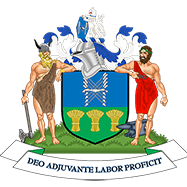


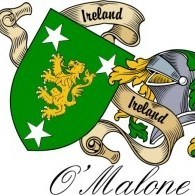

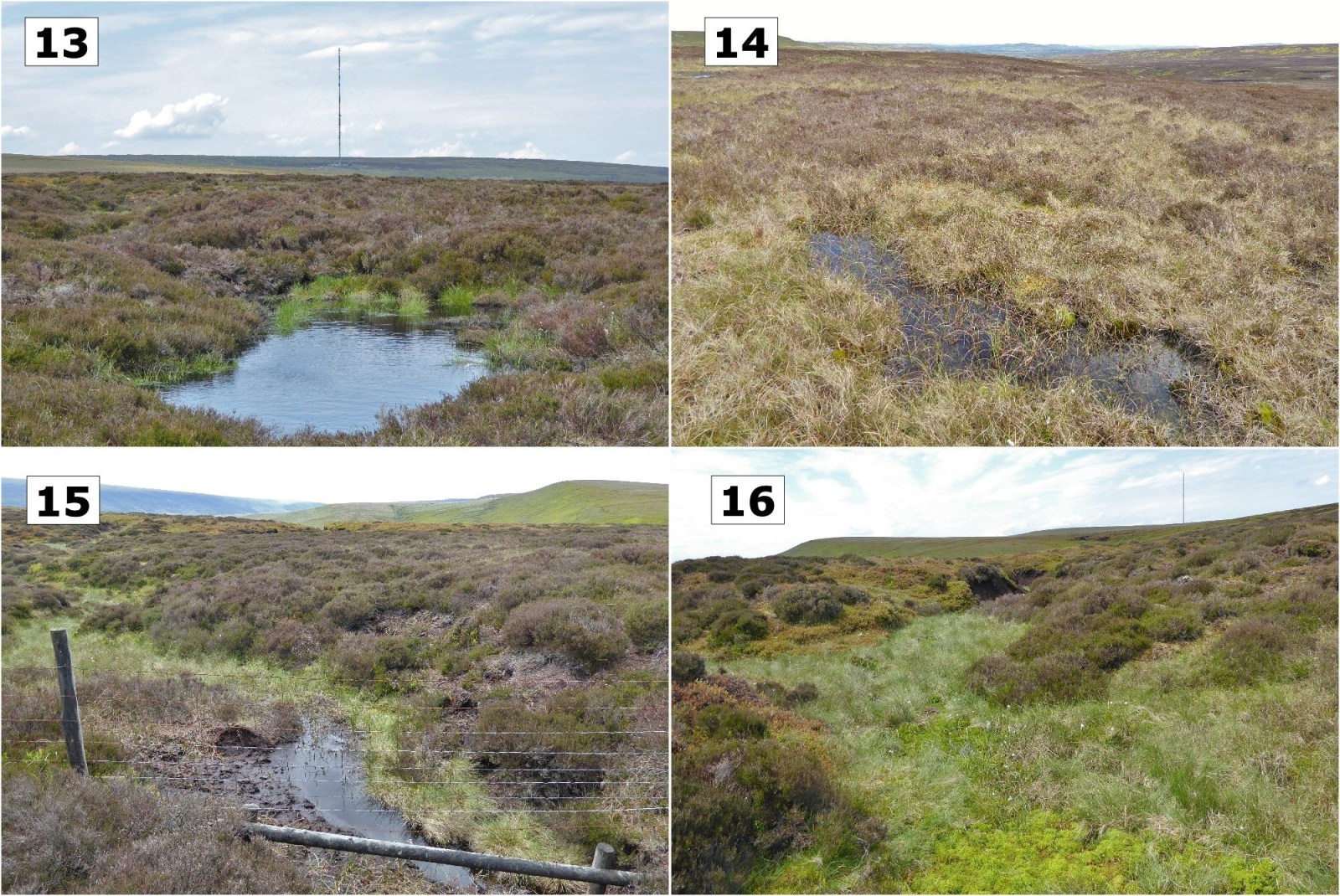

.thumb.jpg.07f9920c10cf8c6f383417b38964cf7b.jpg)
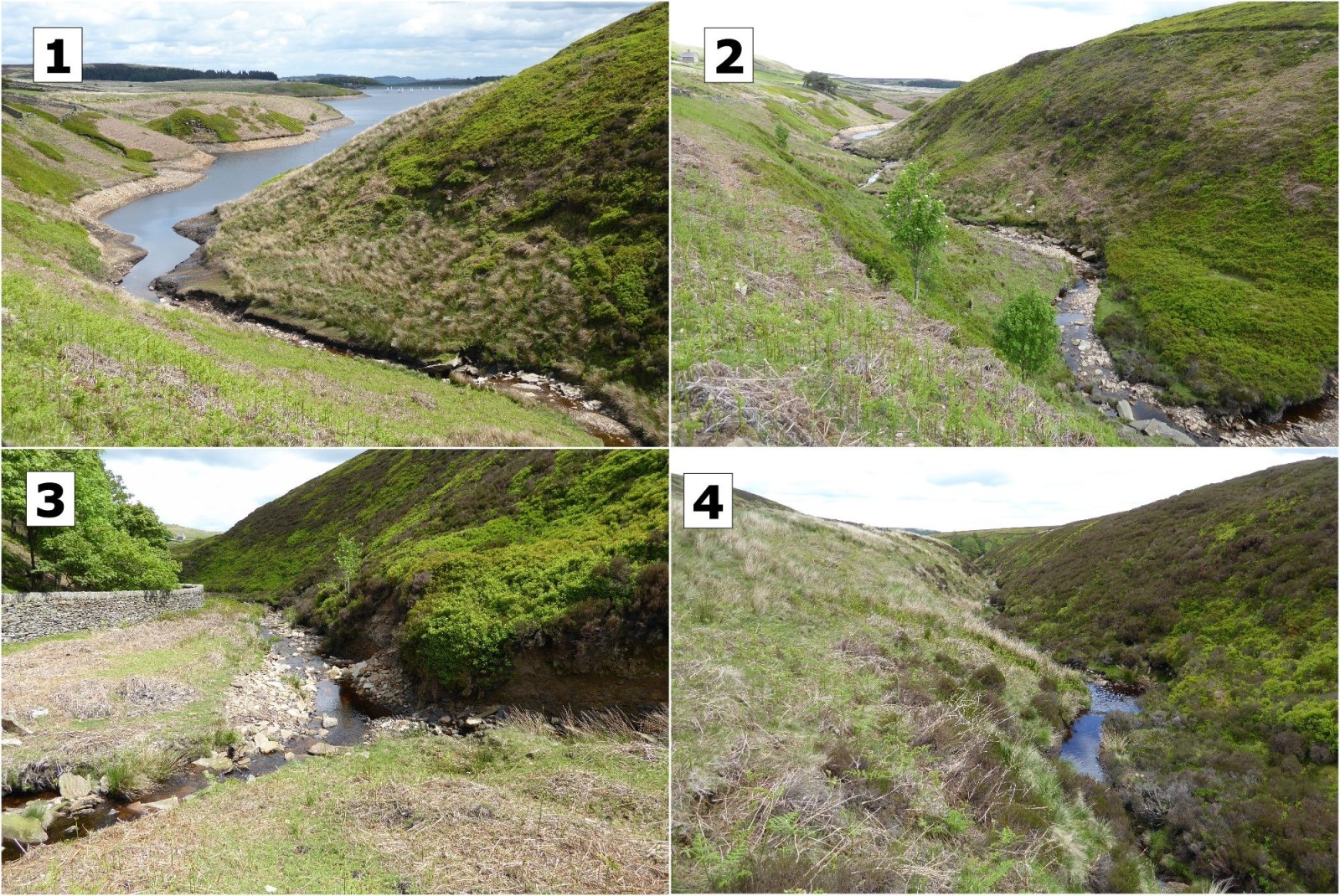


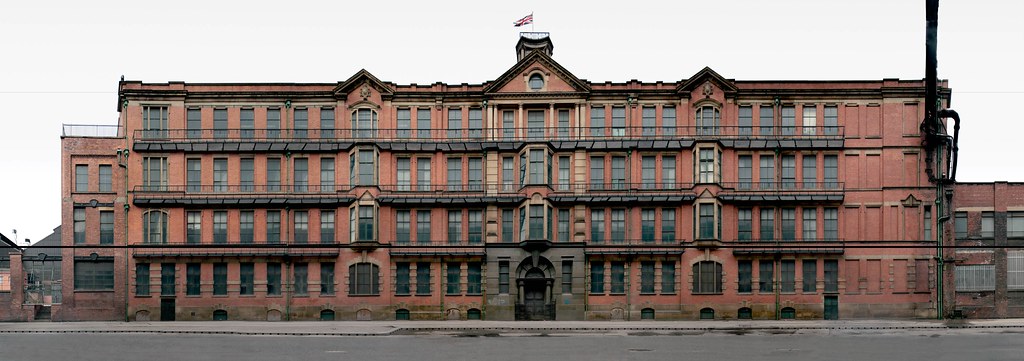
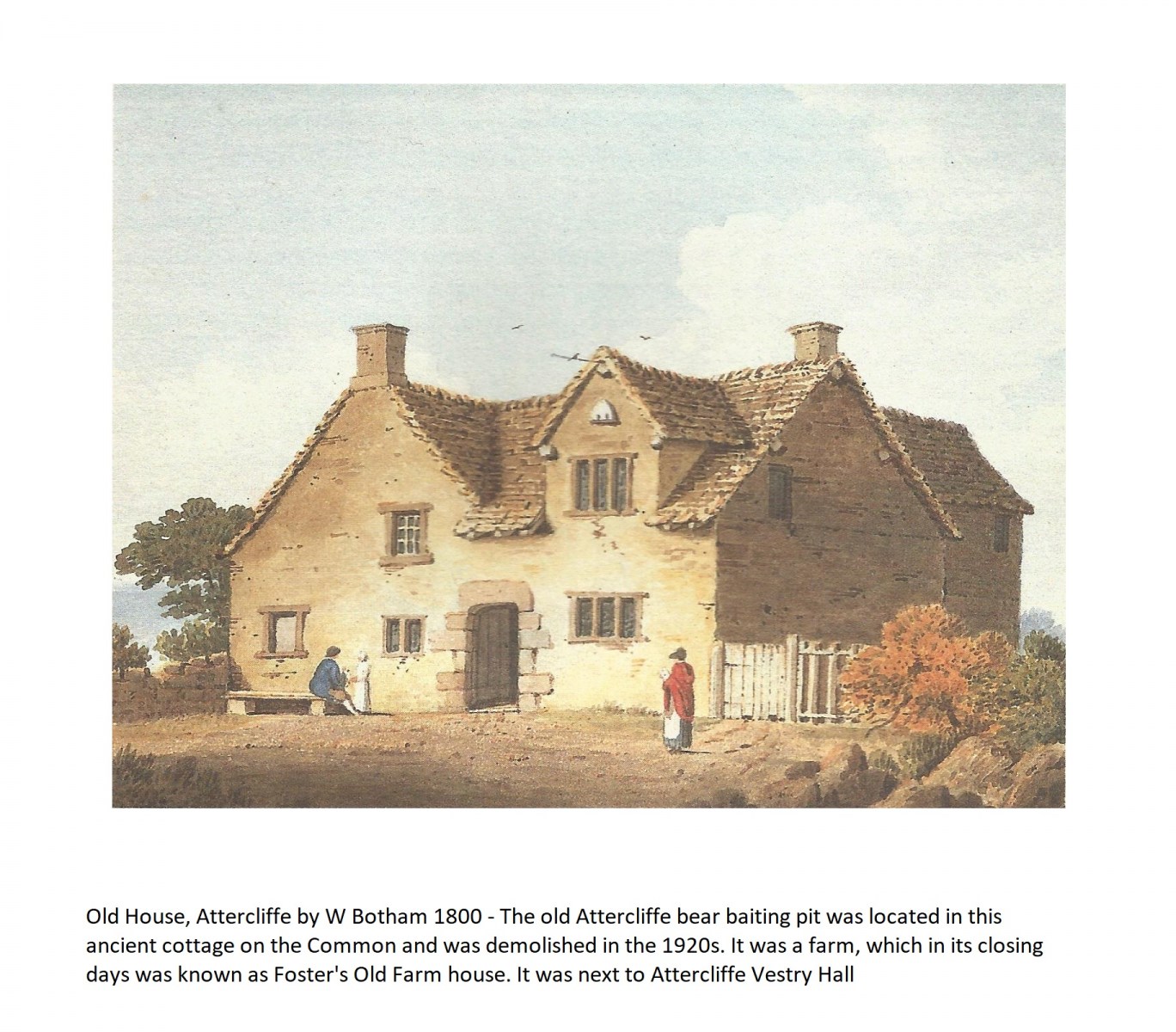
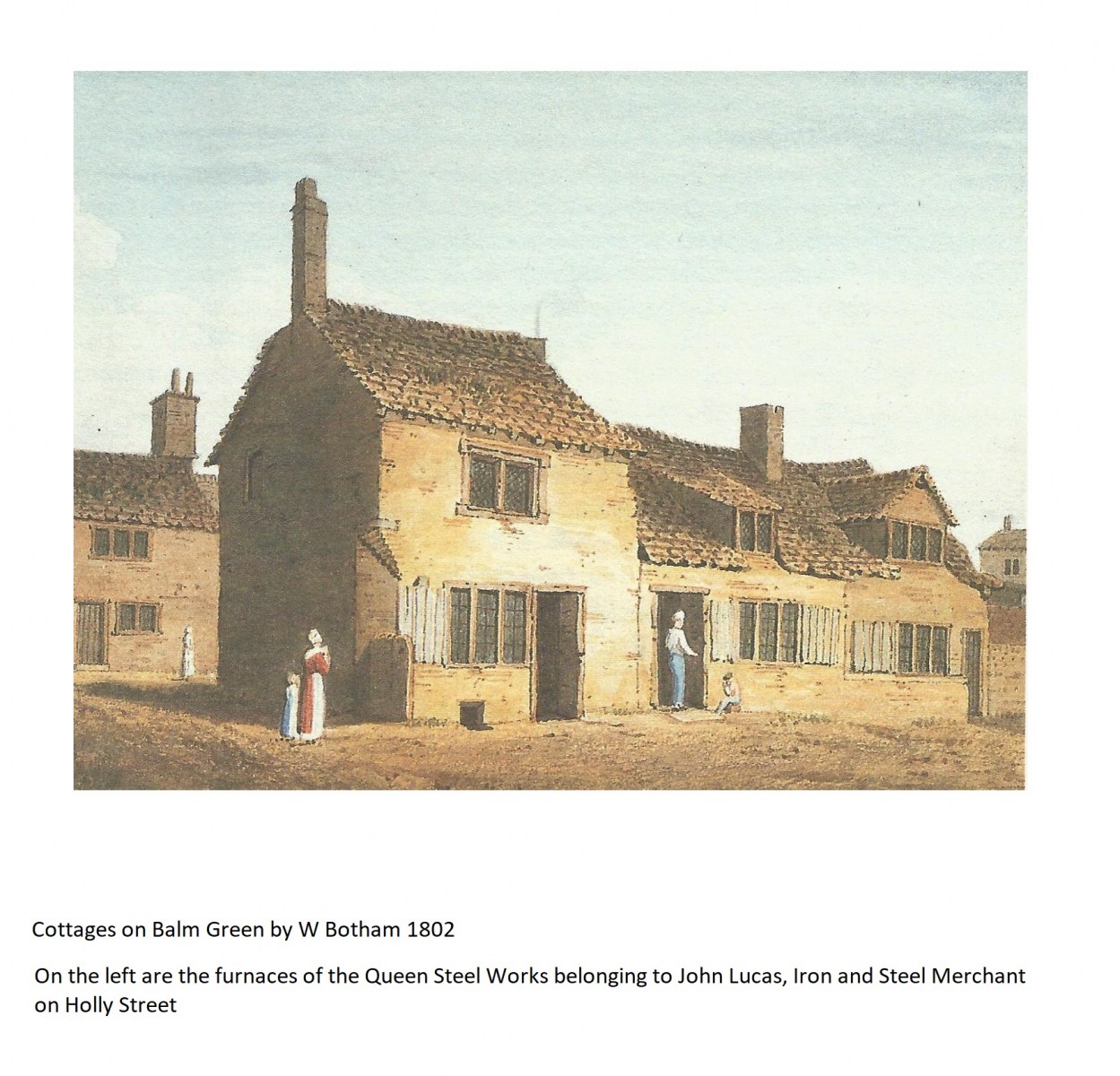
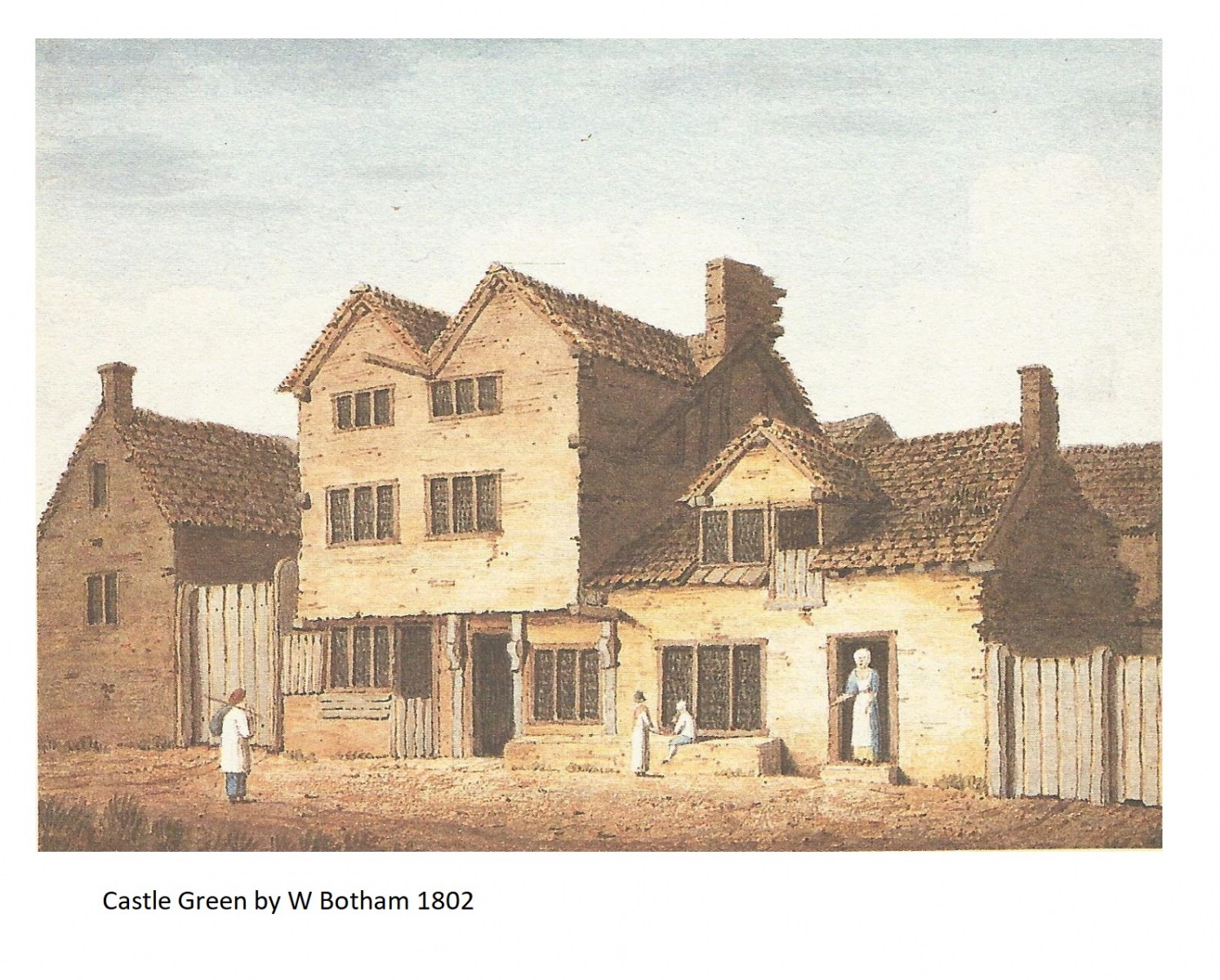

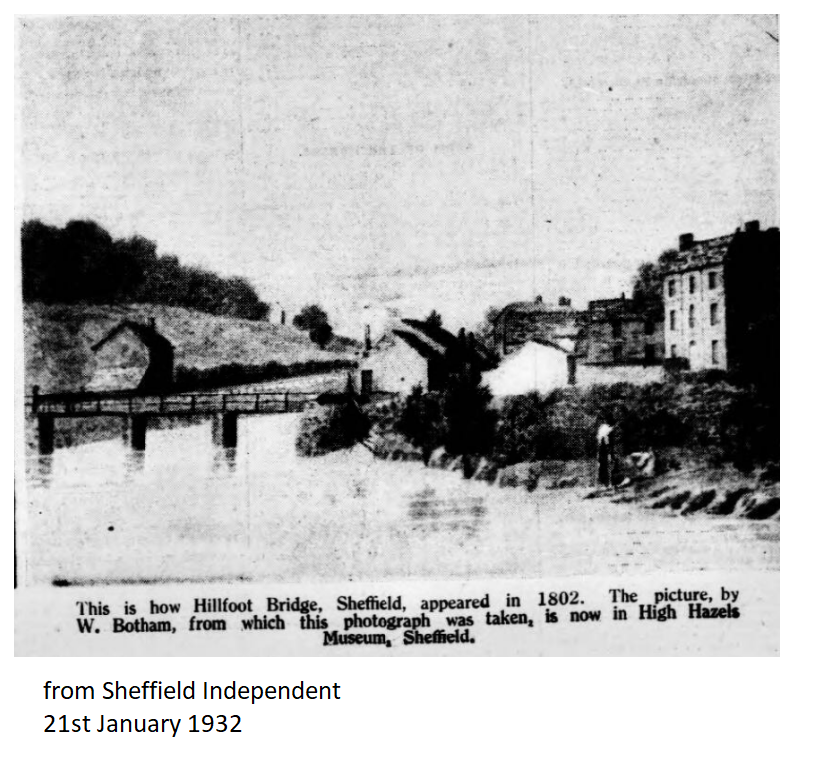

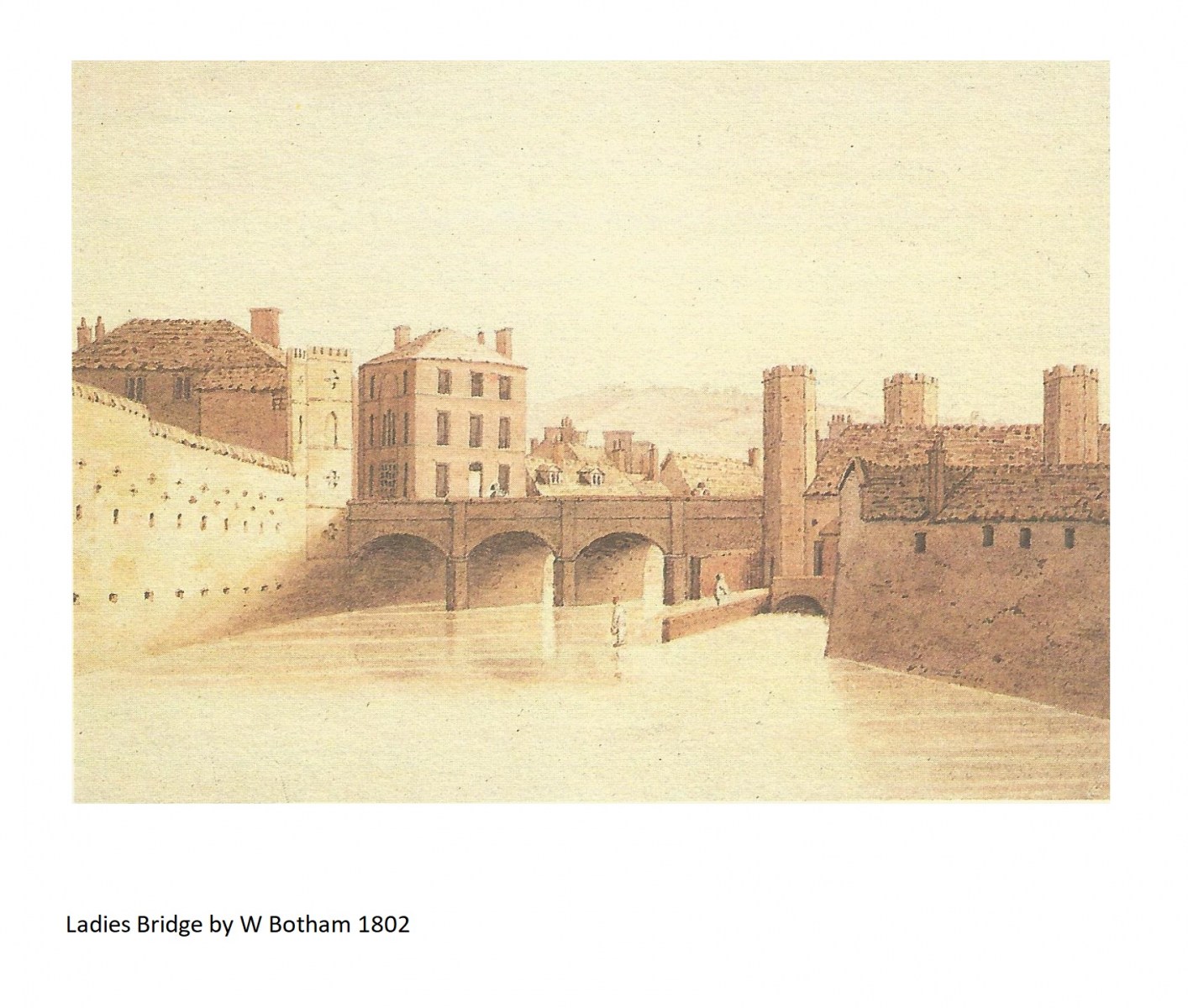
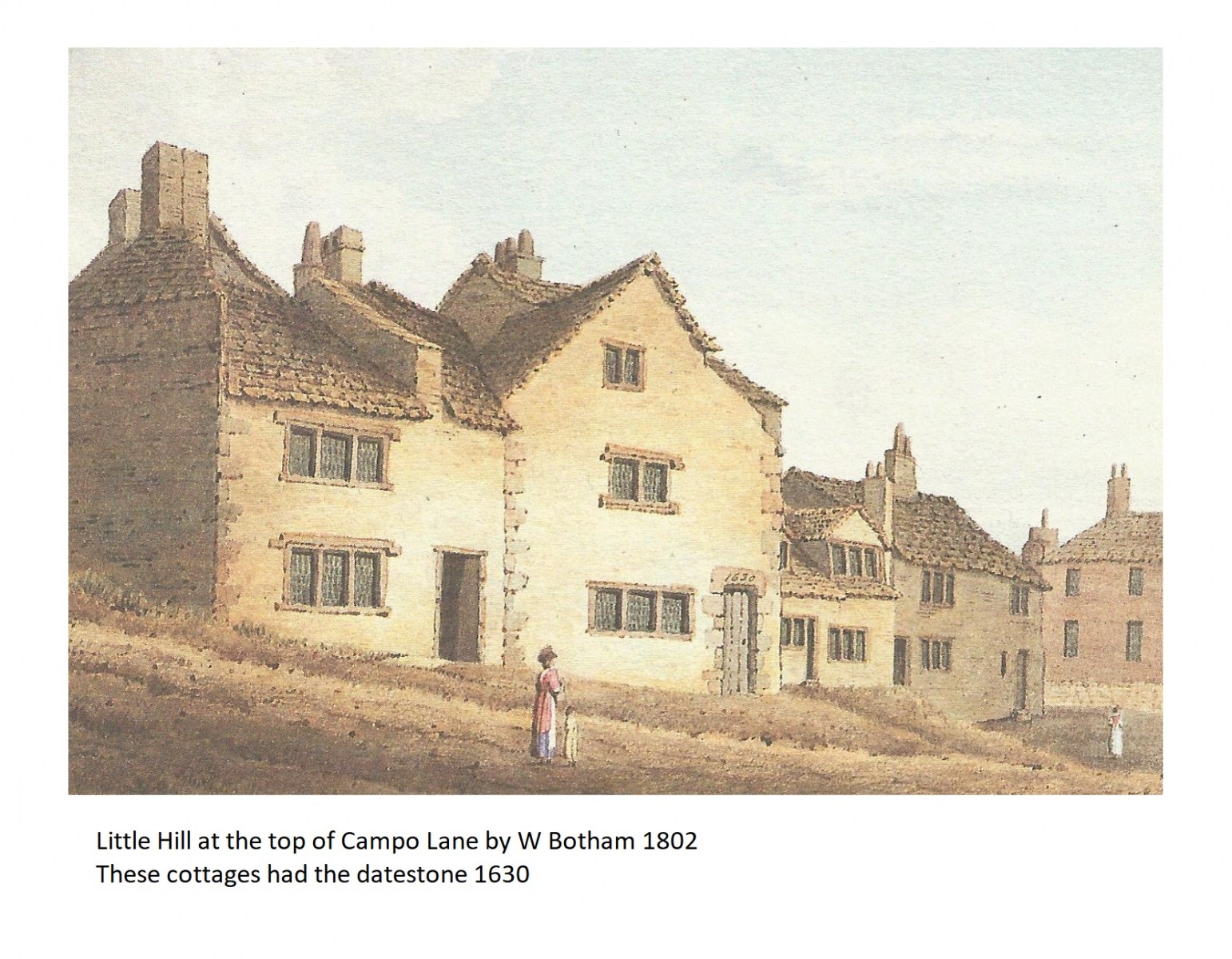
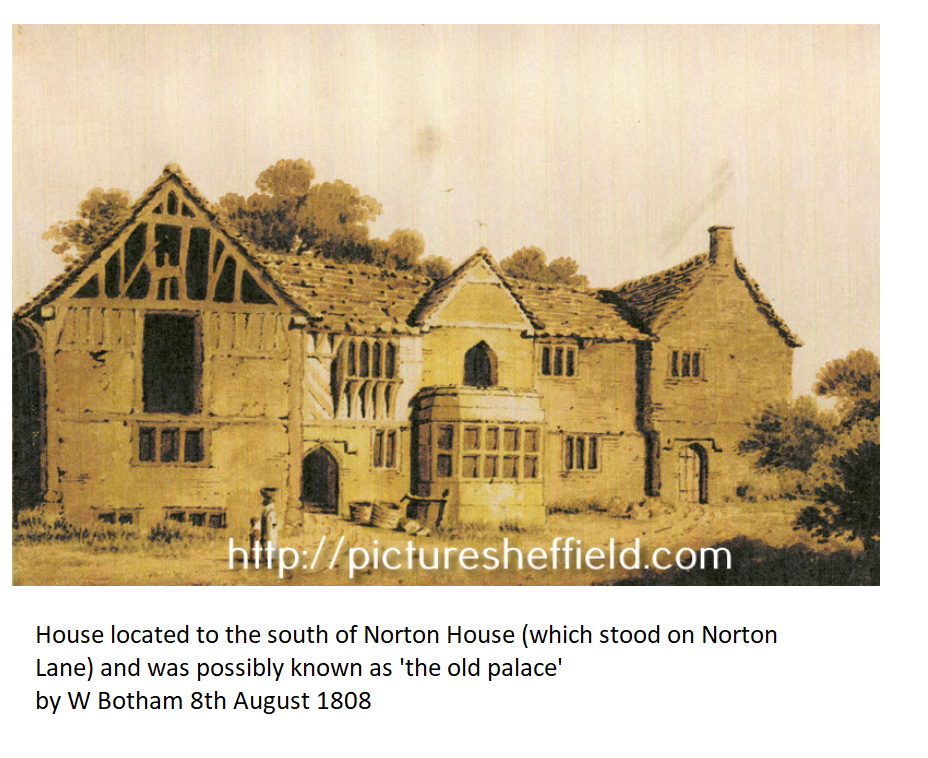

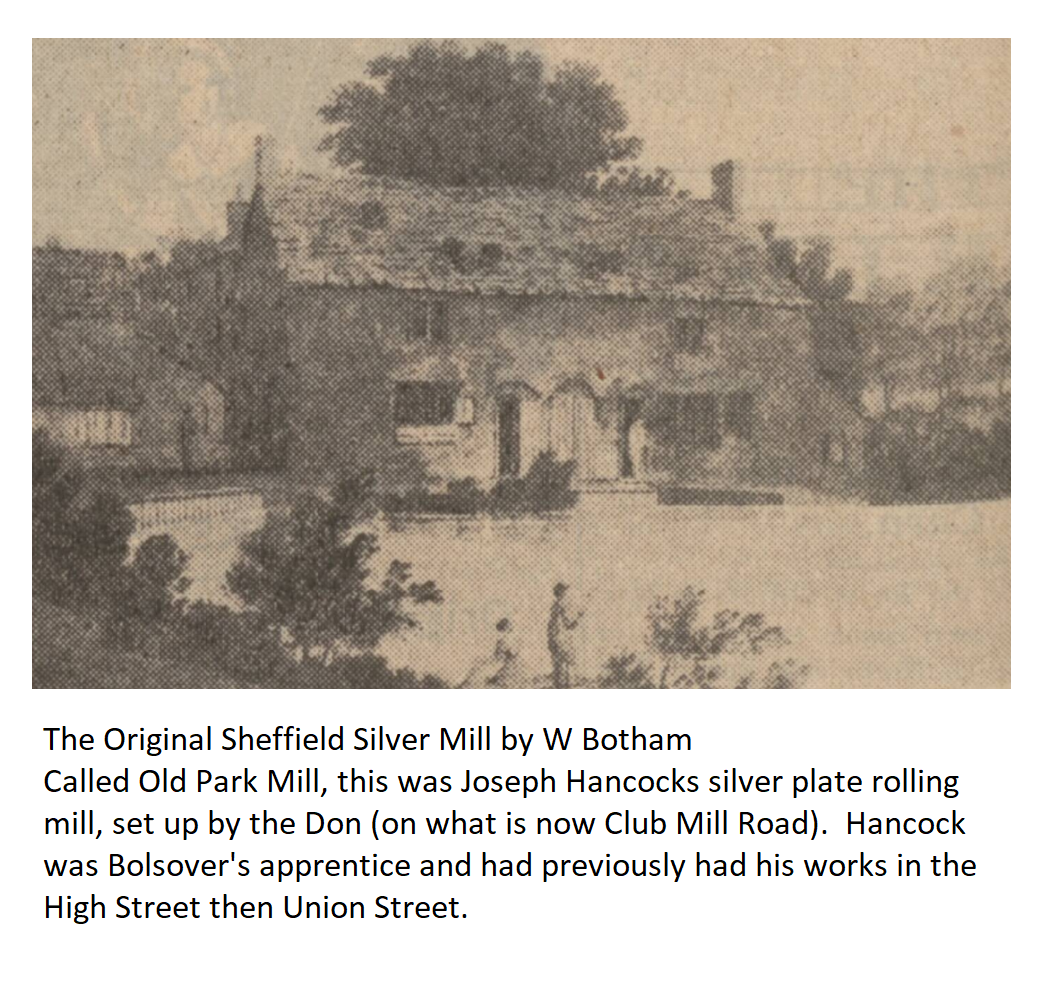

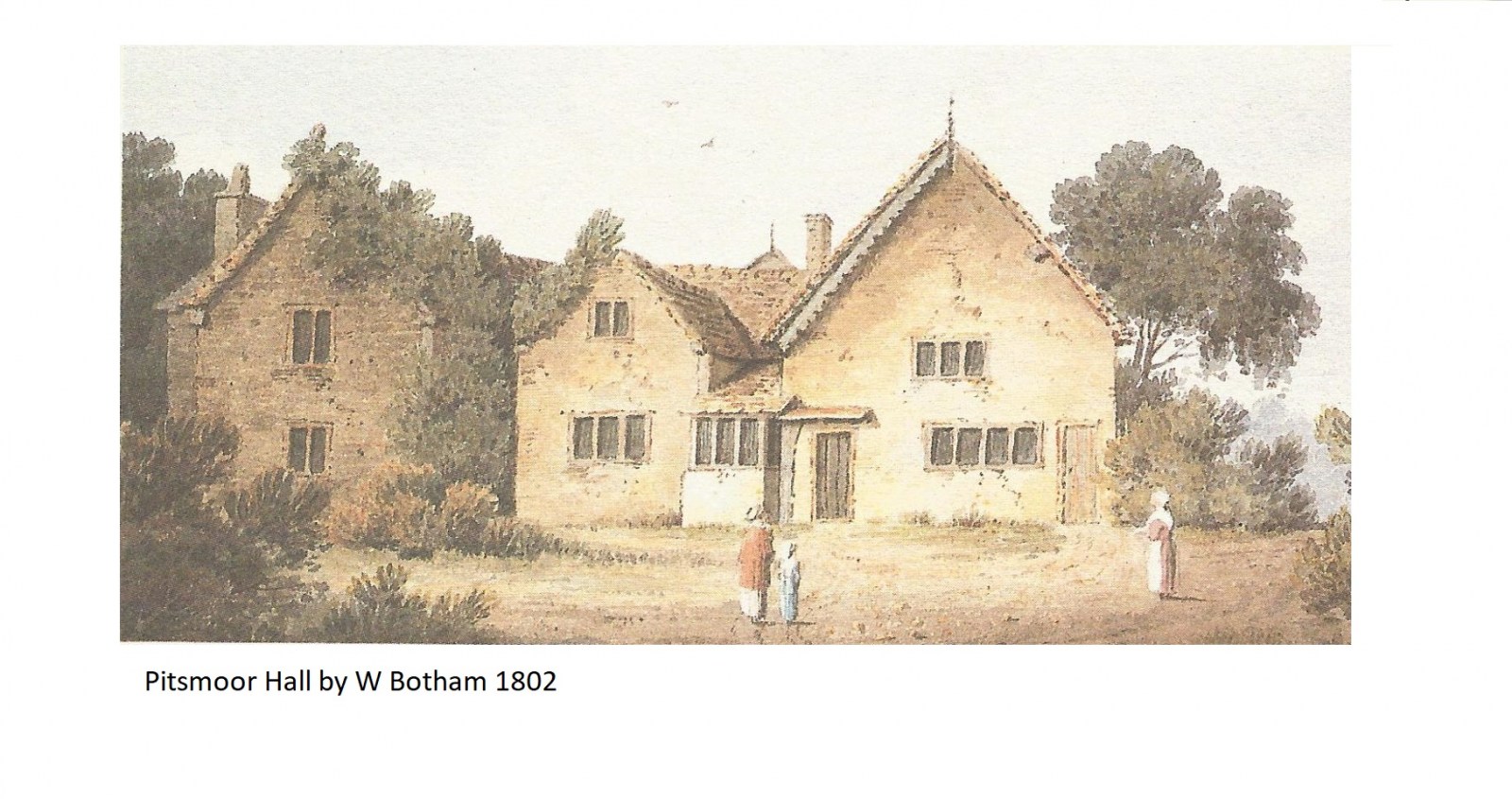

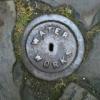
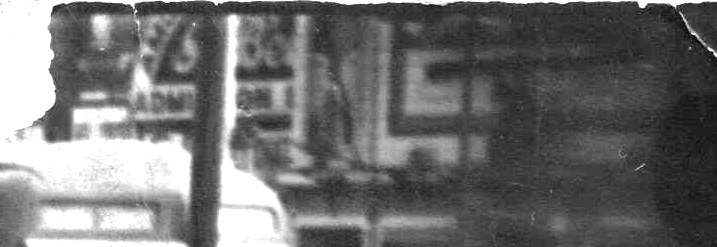
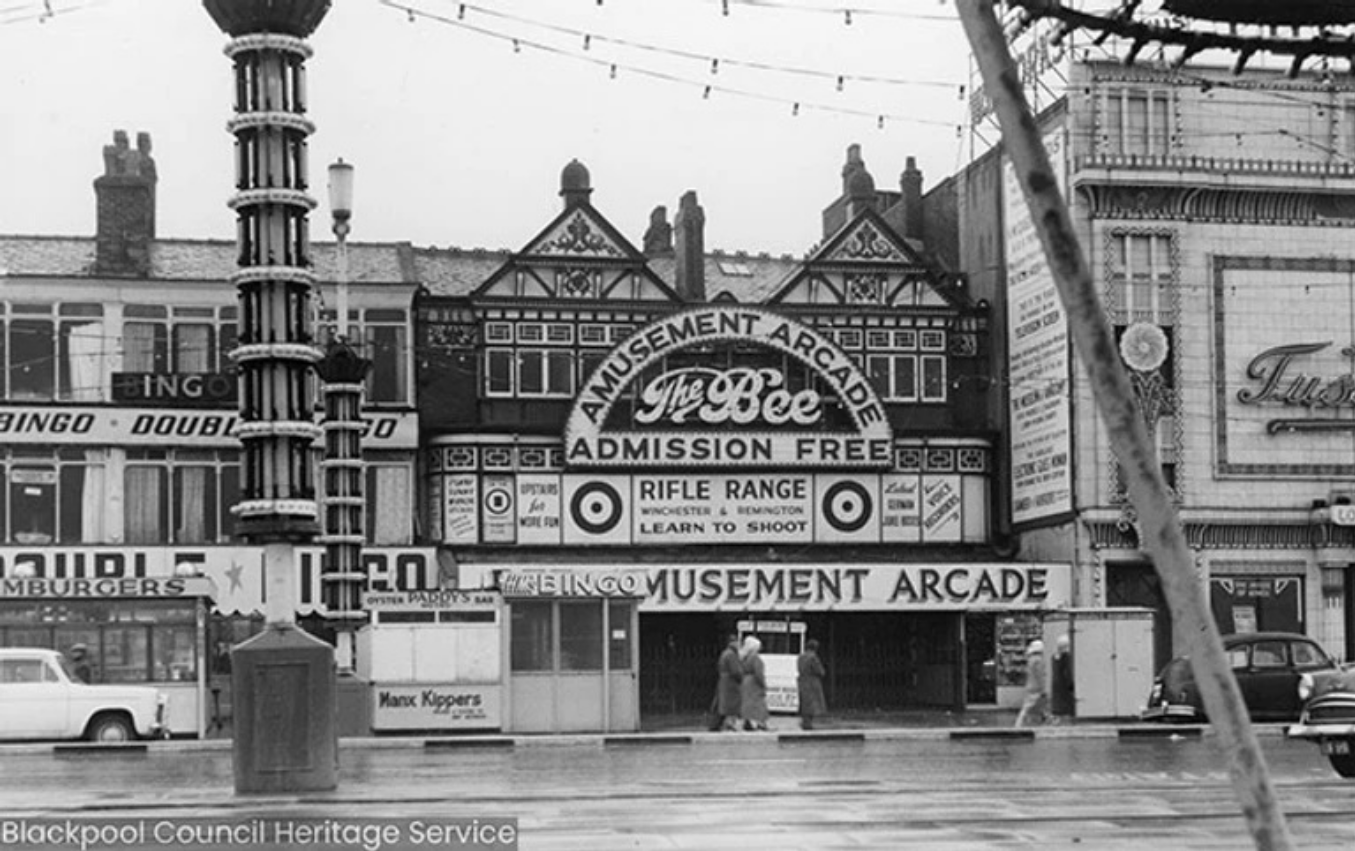
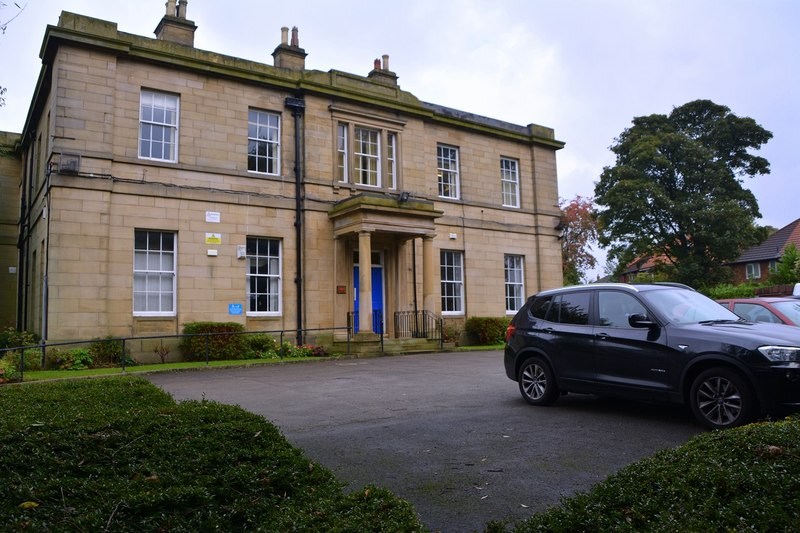

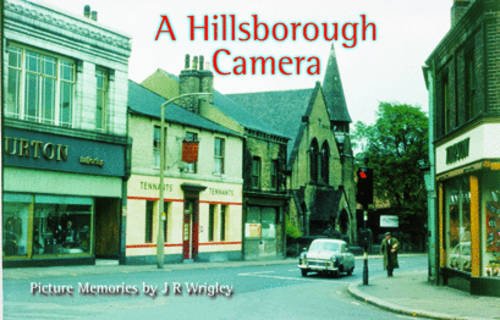
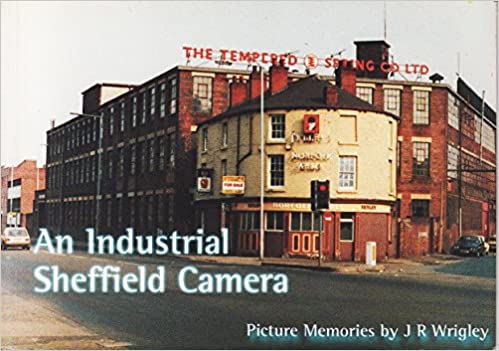
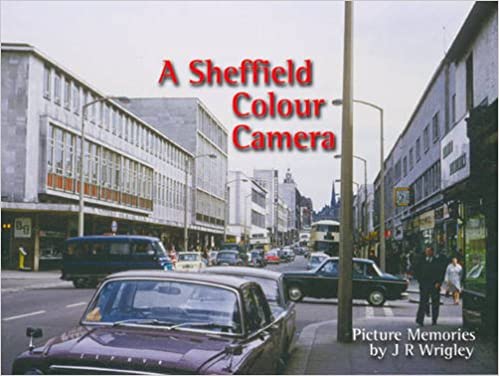
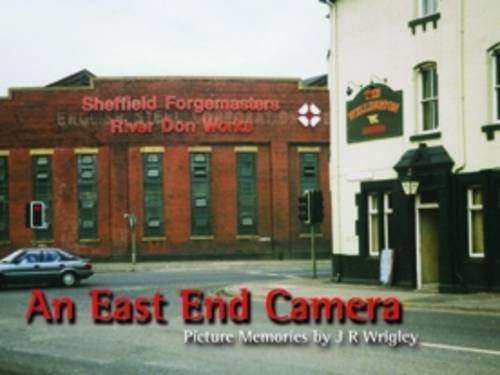
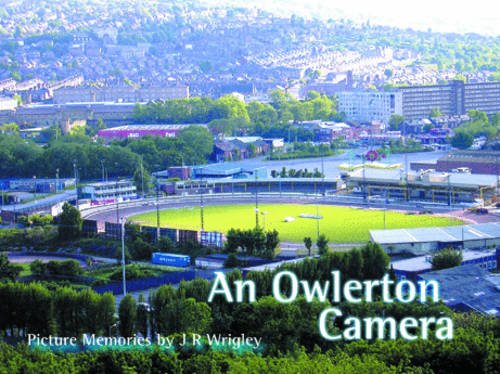

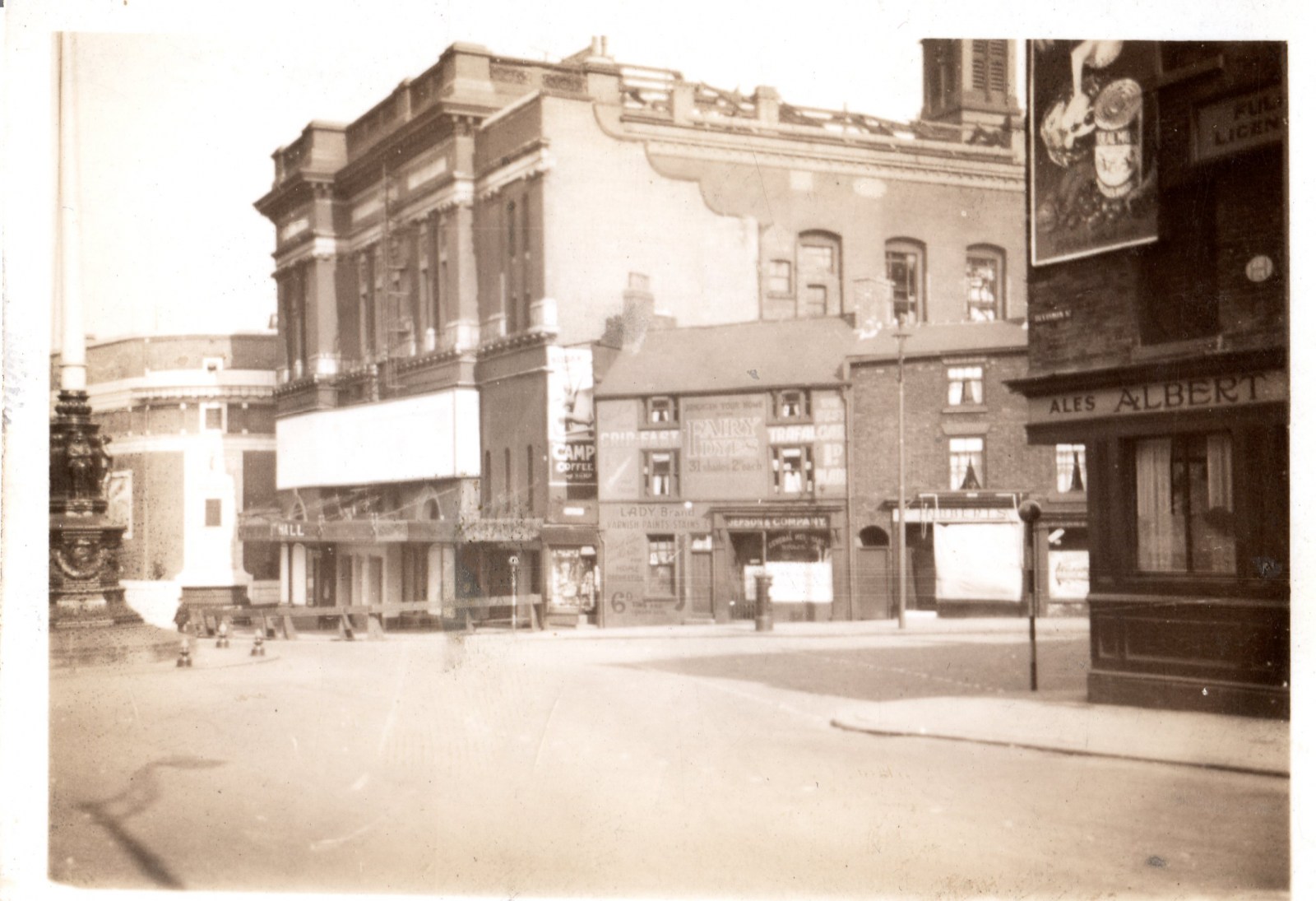

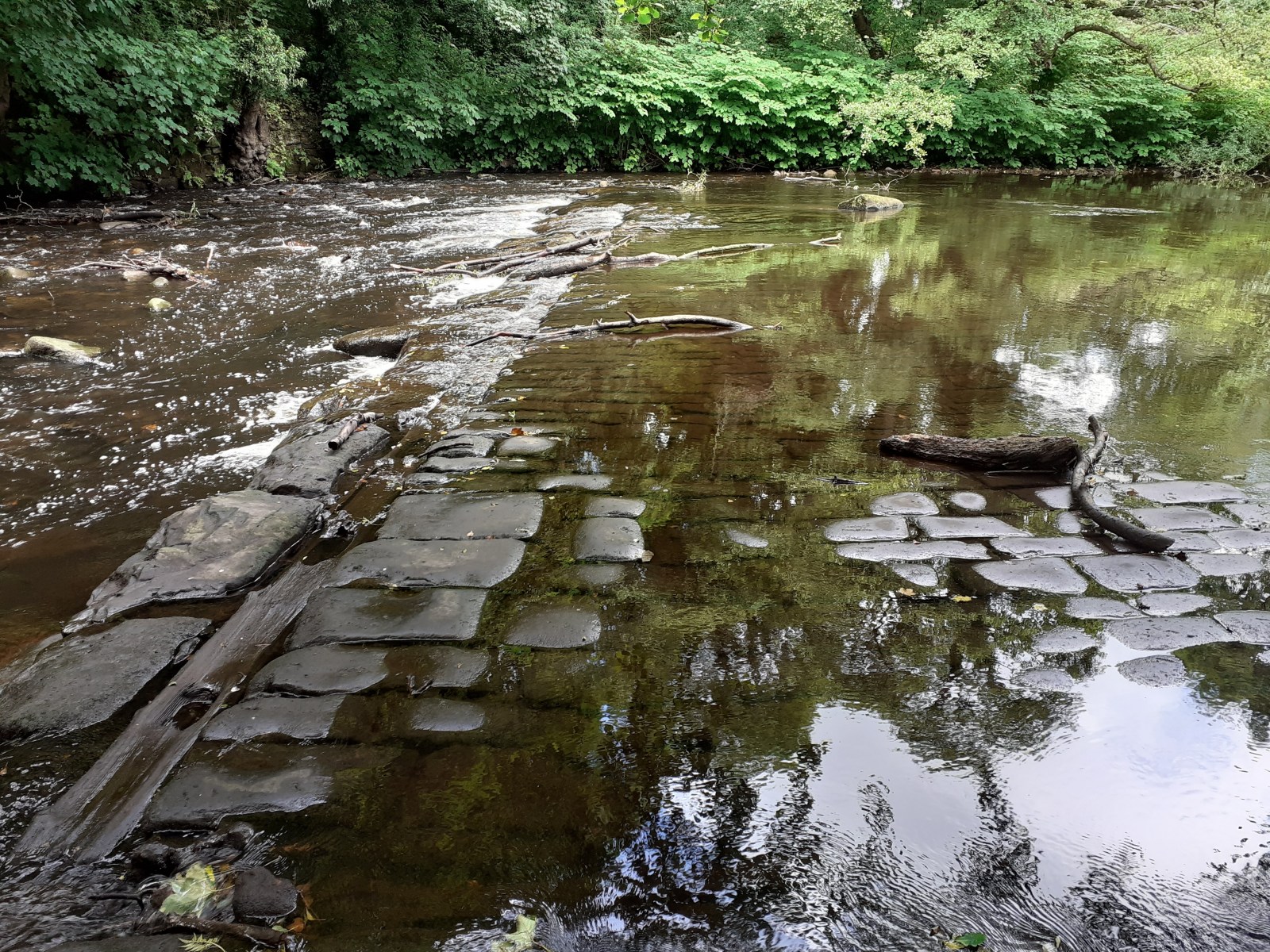
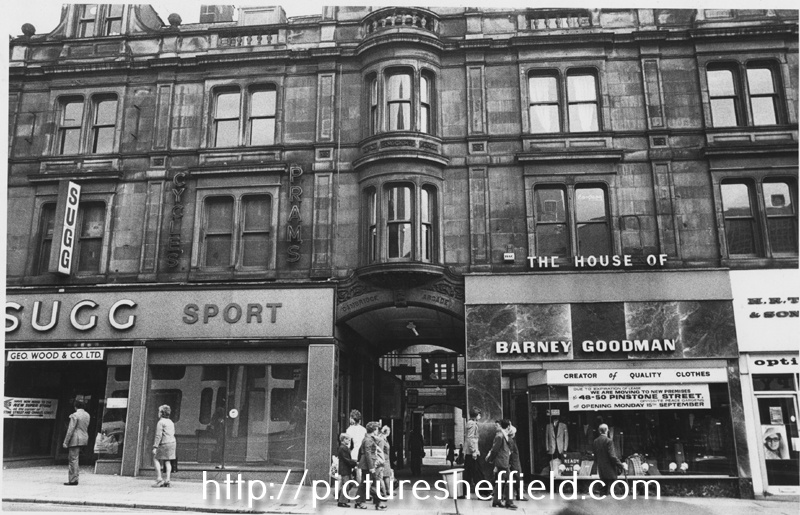
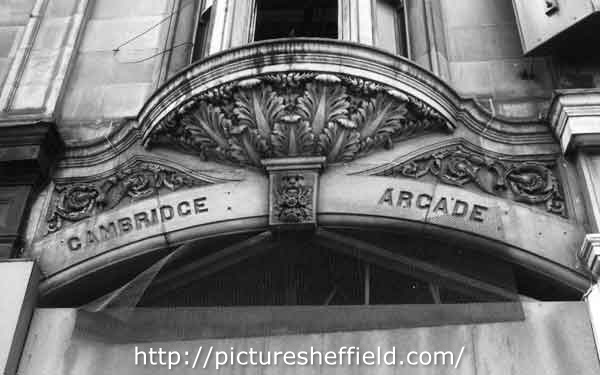


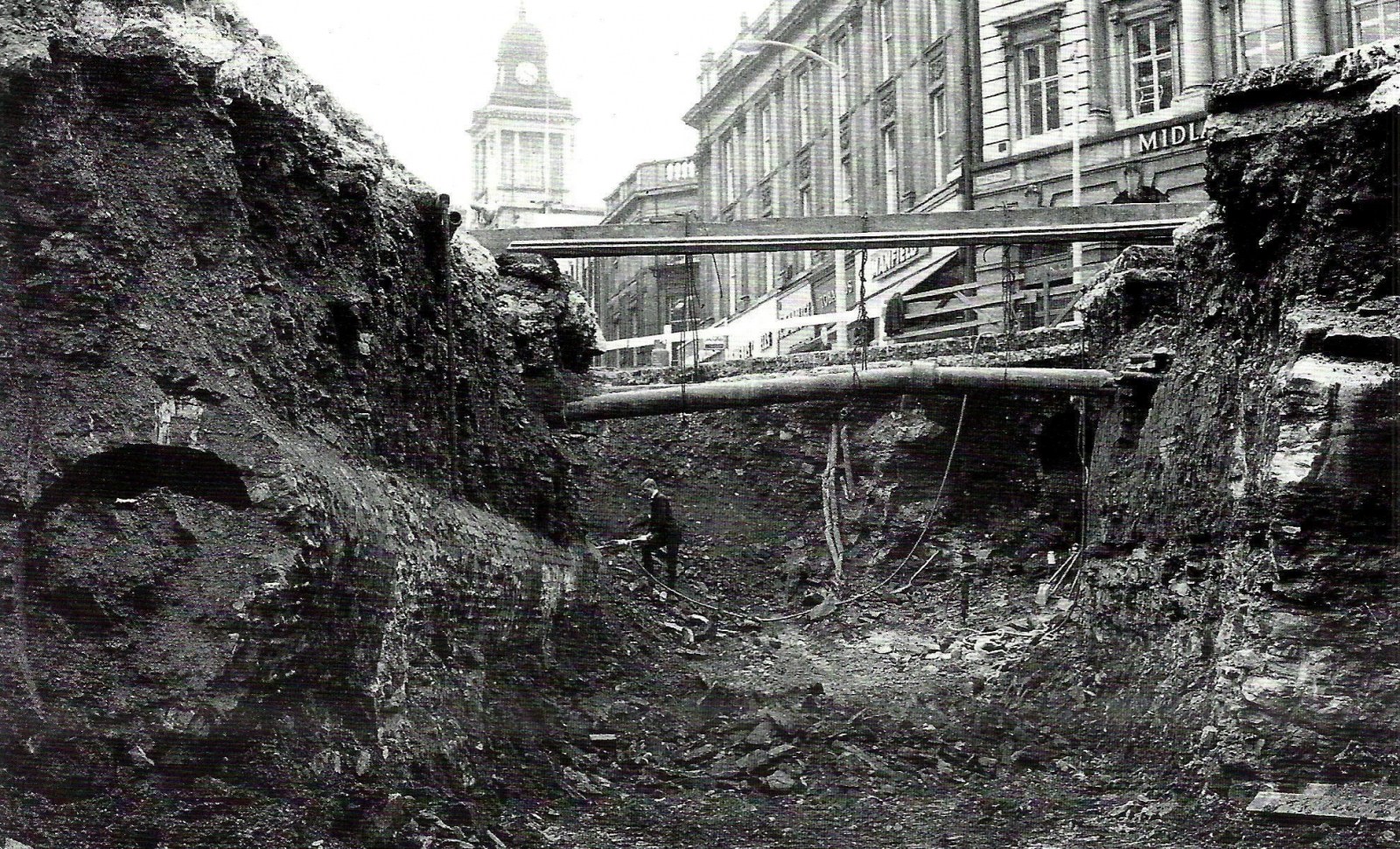
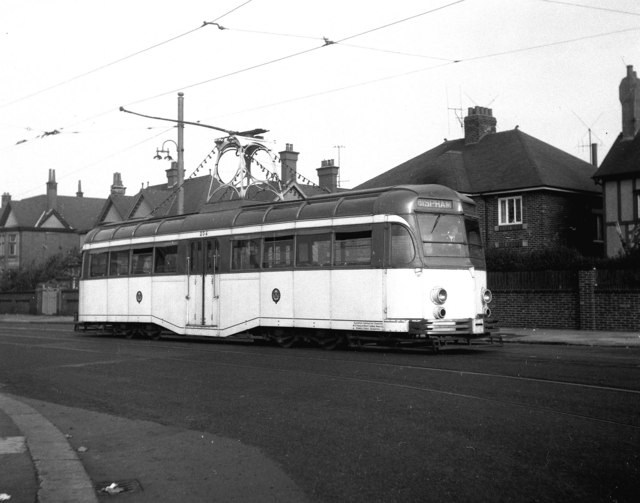
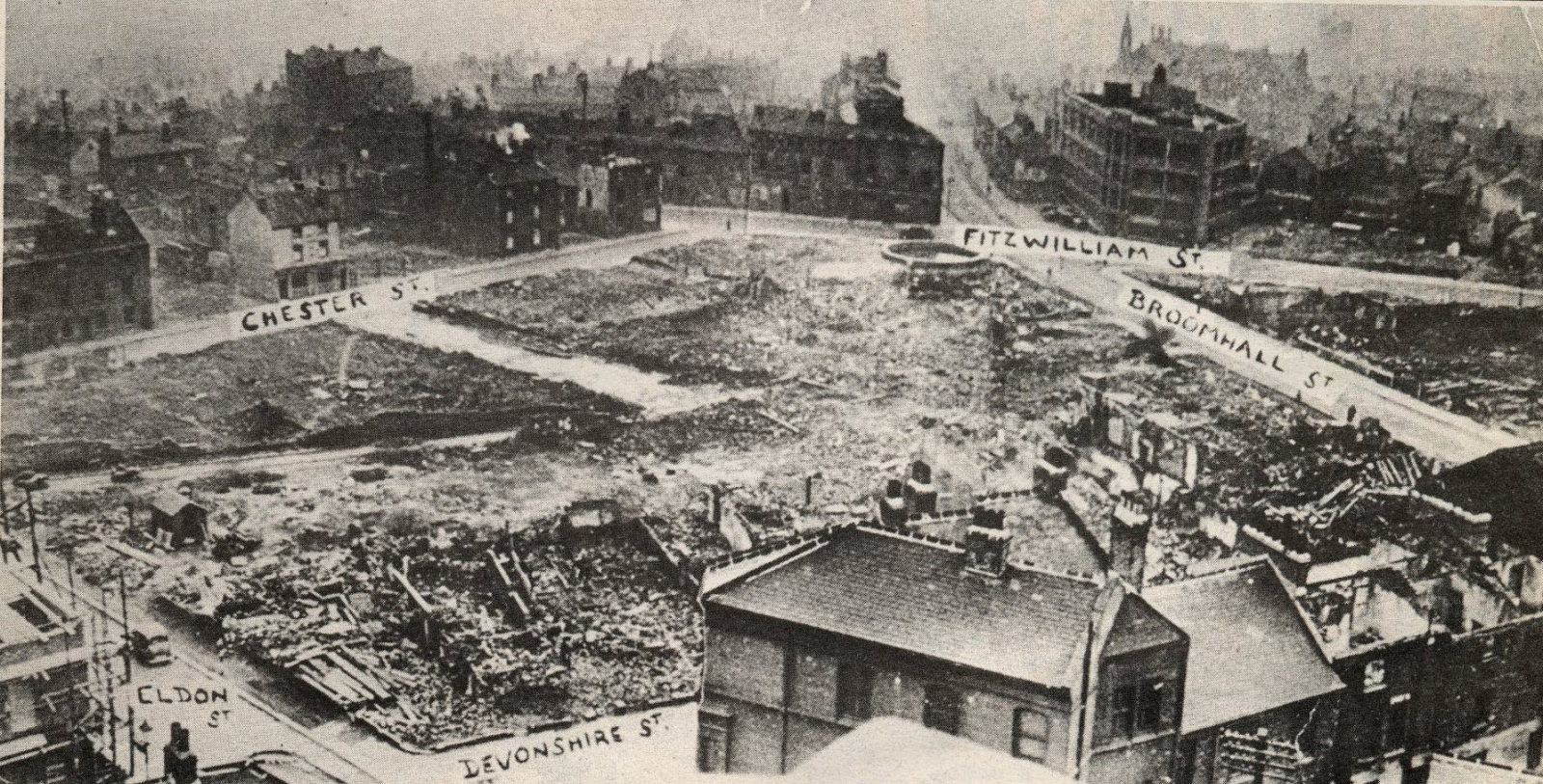
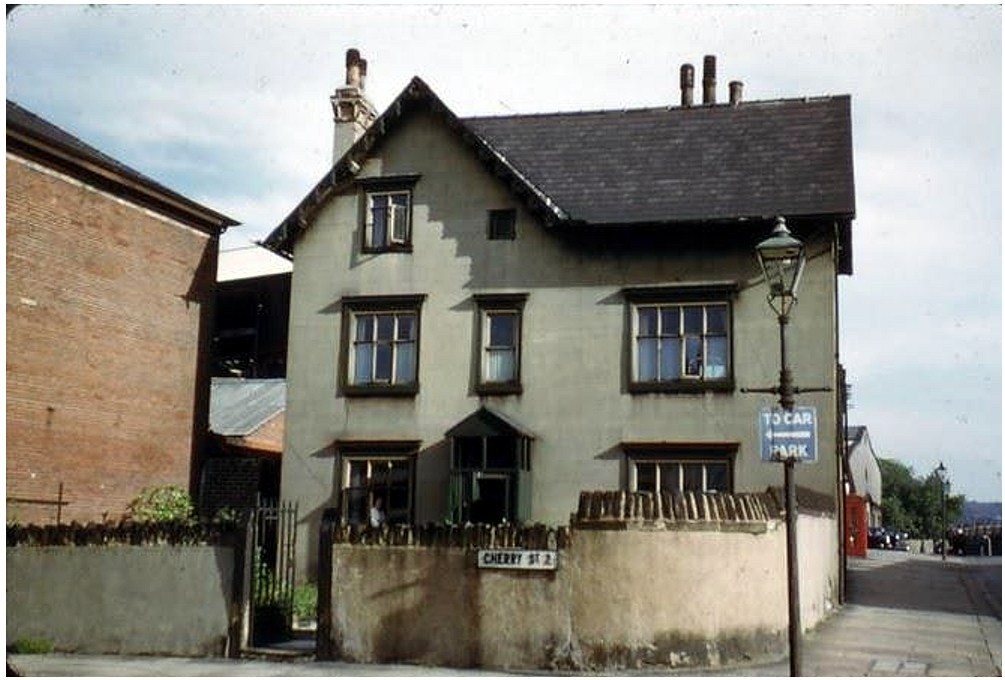


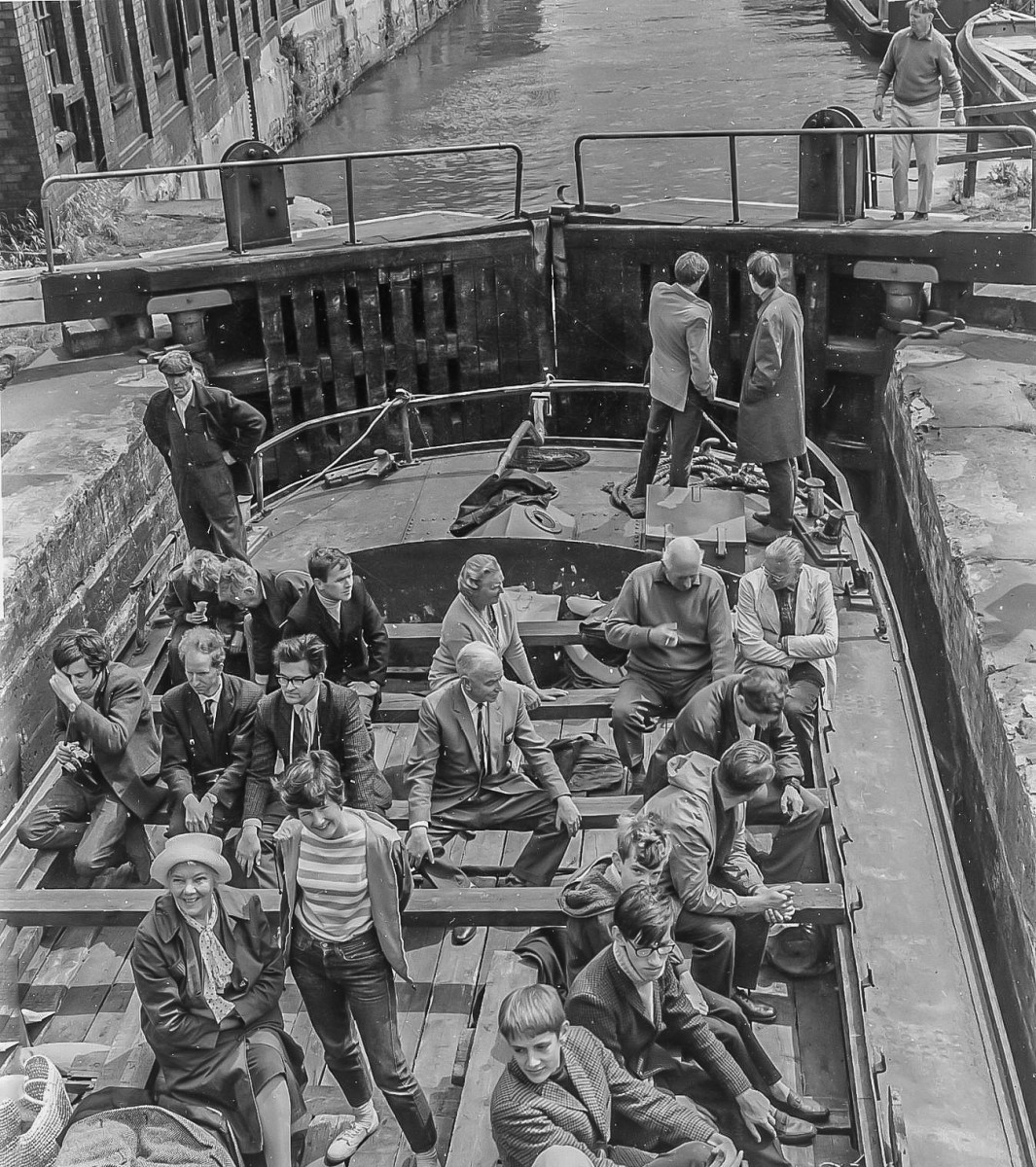
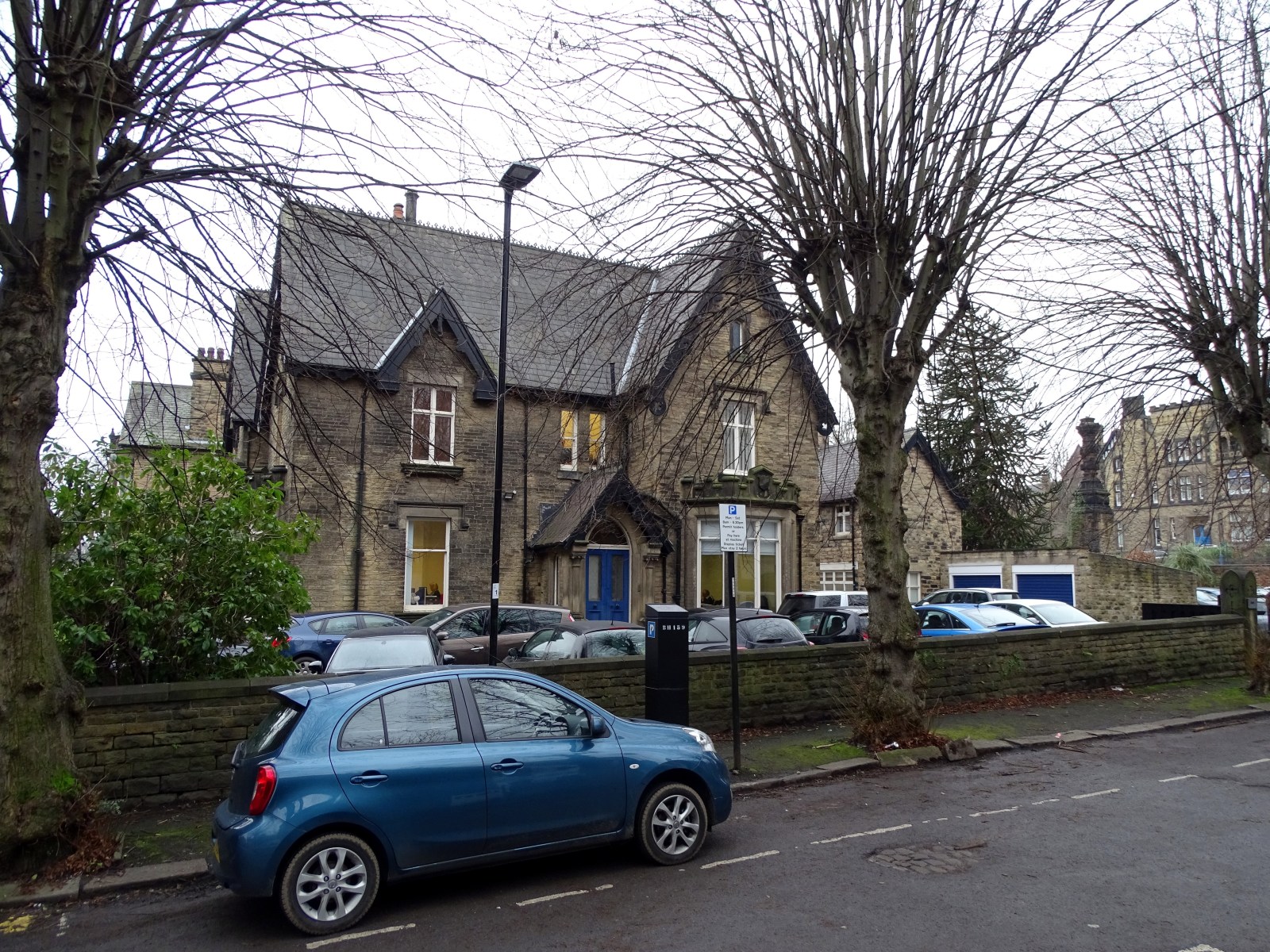
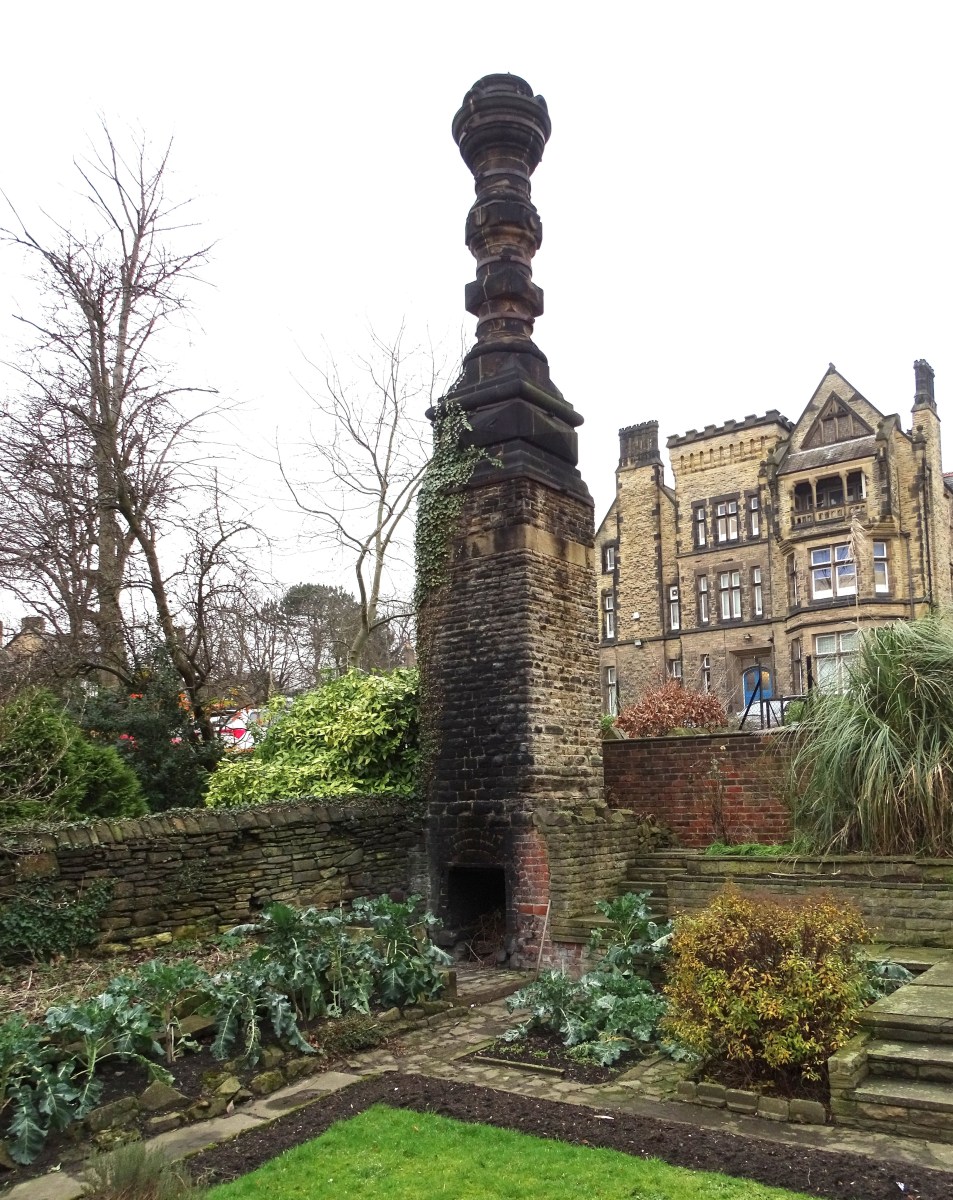
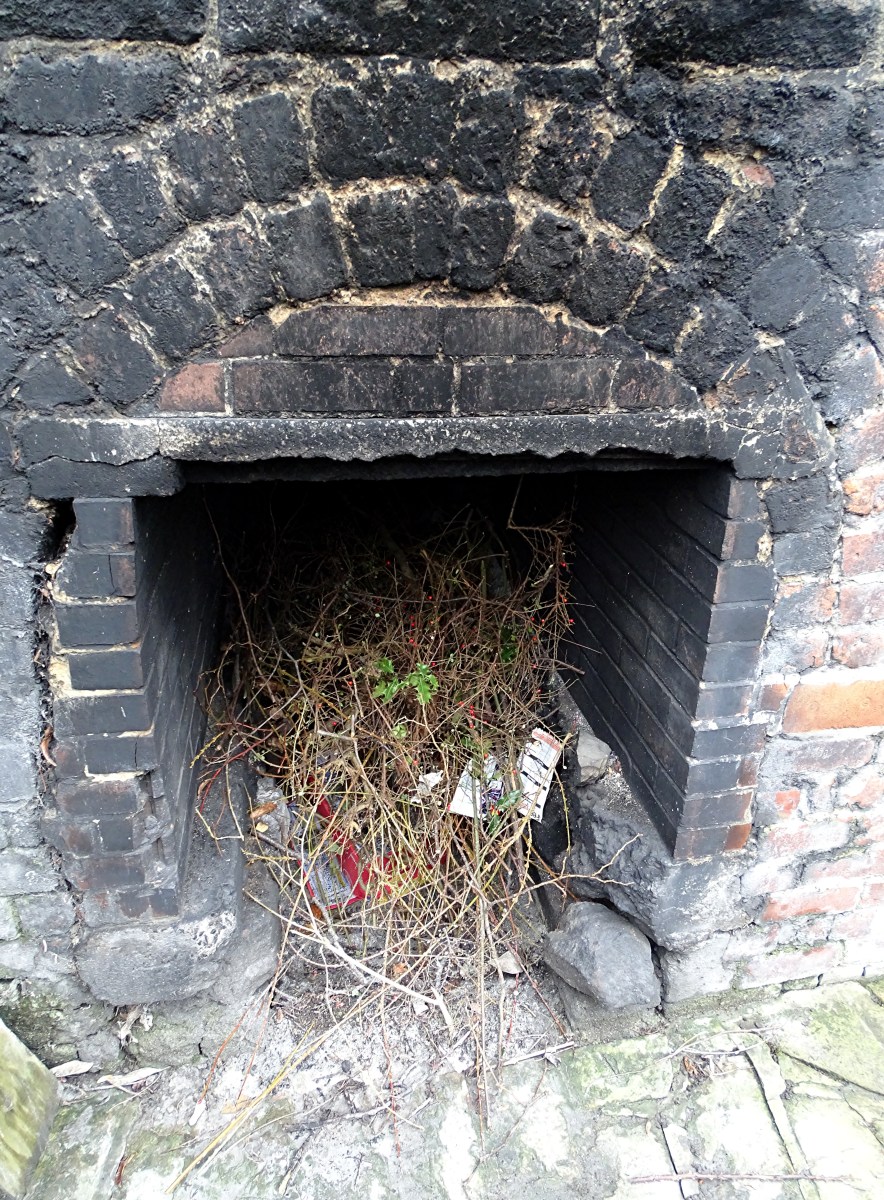
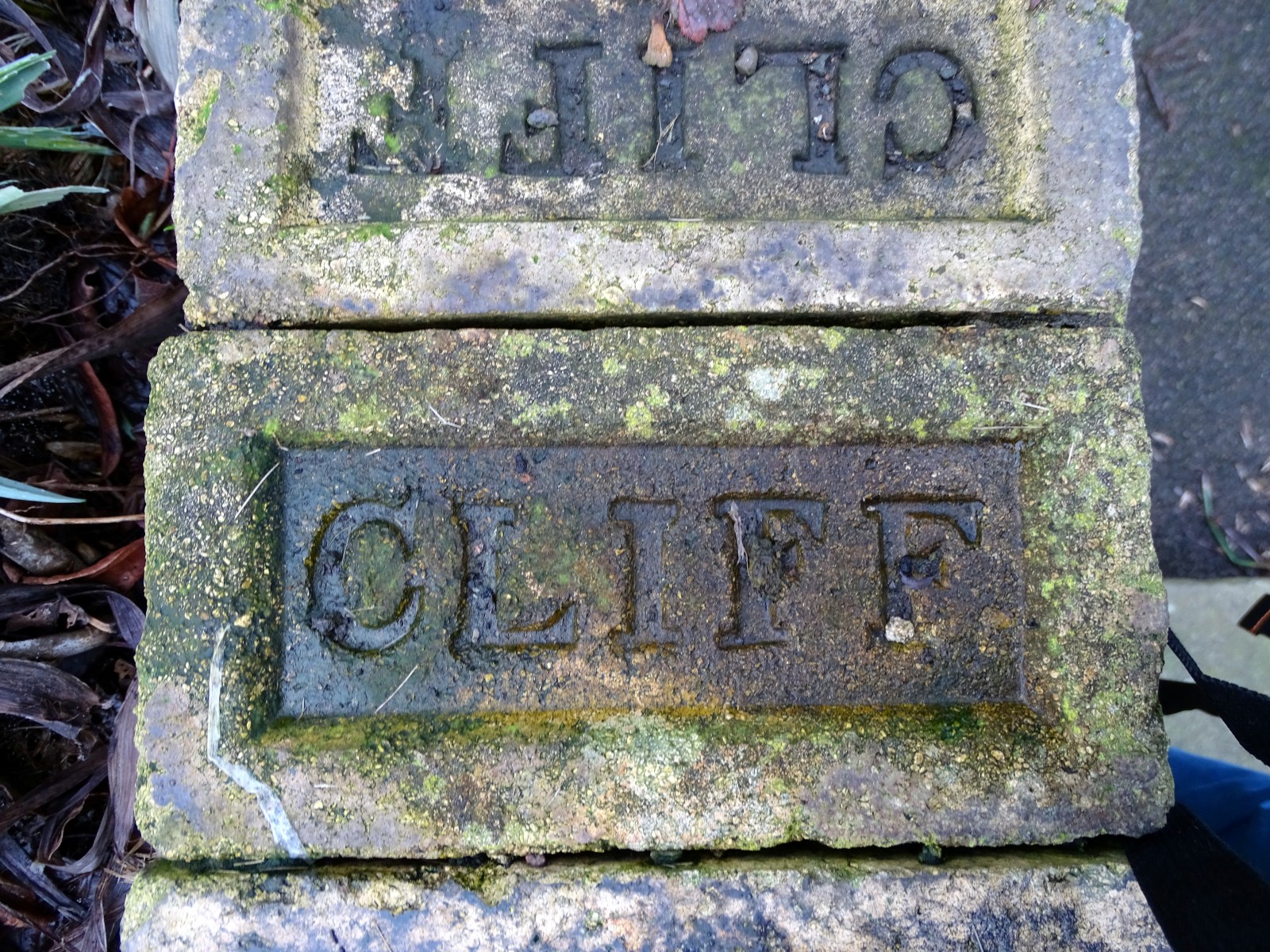


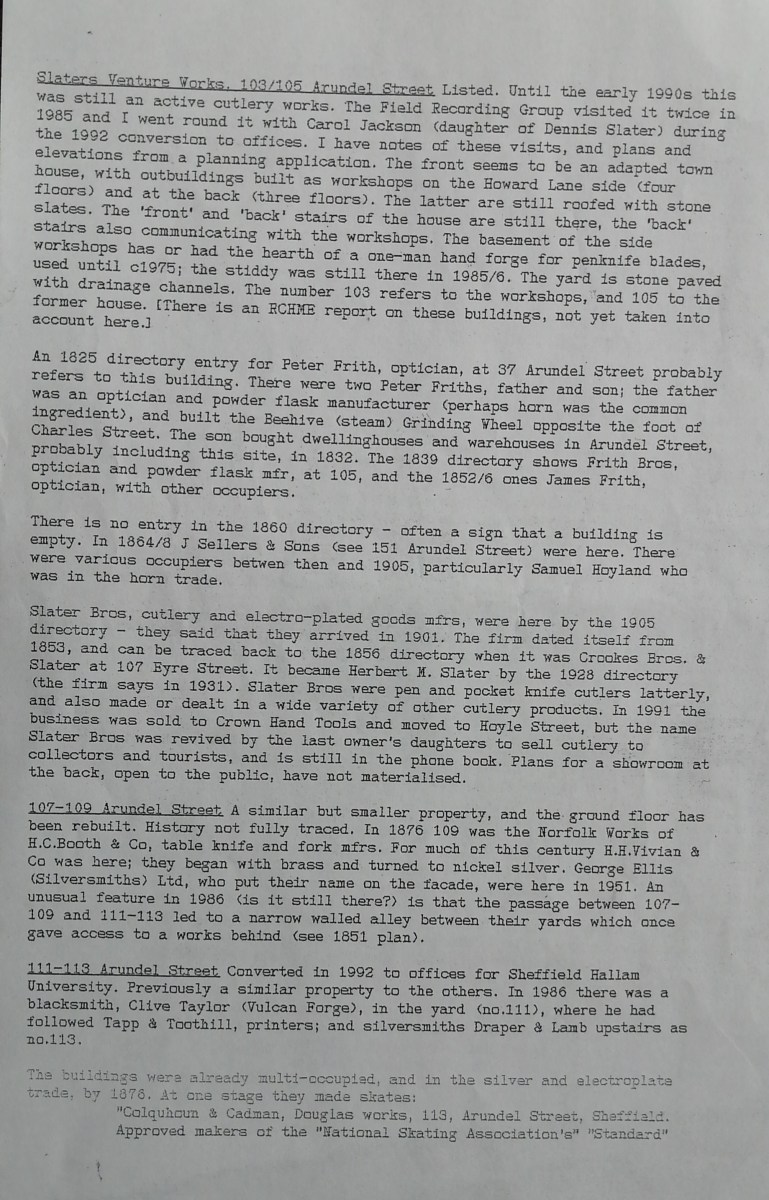
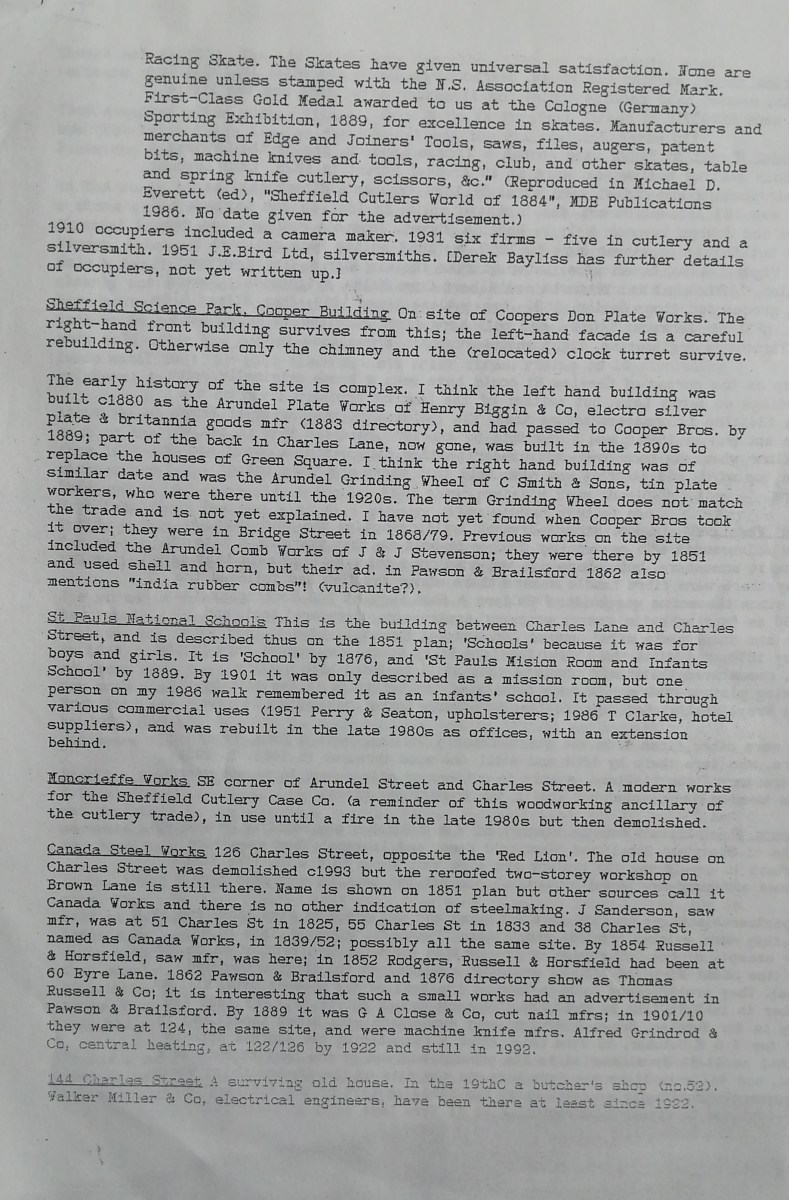
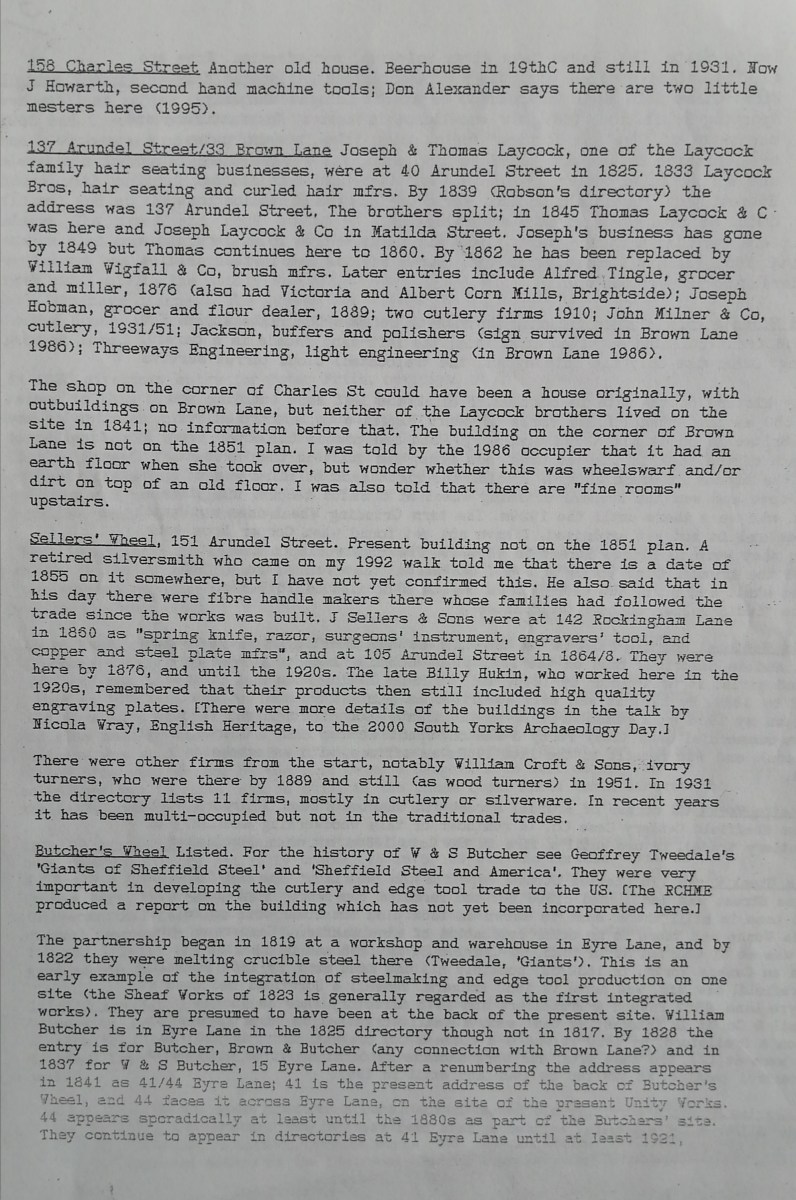
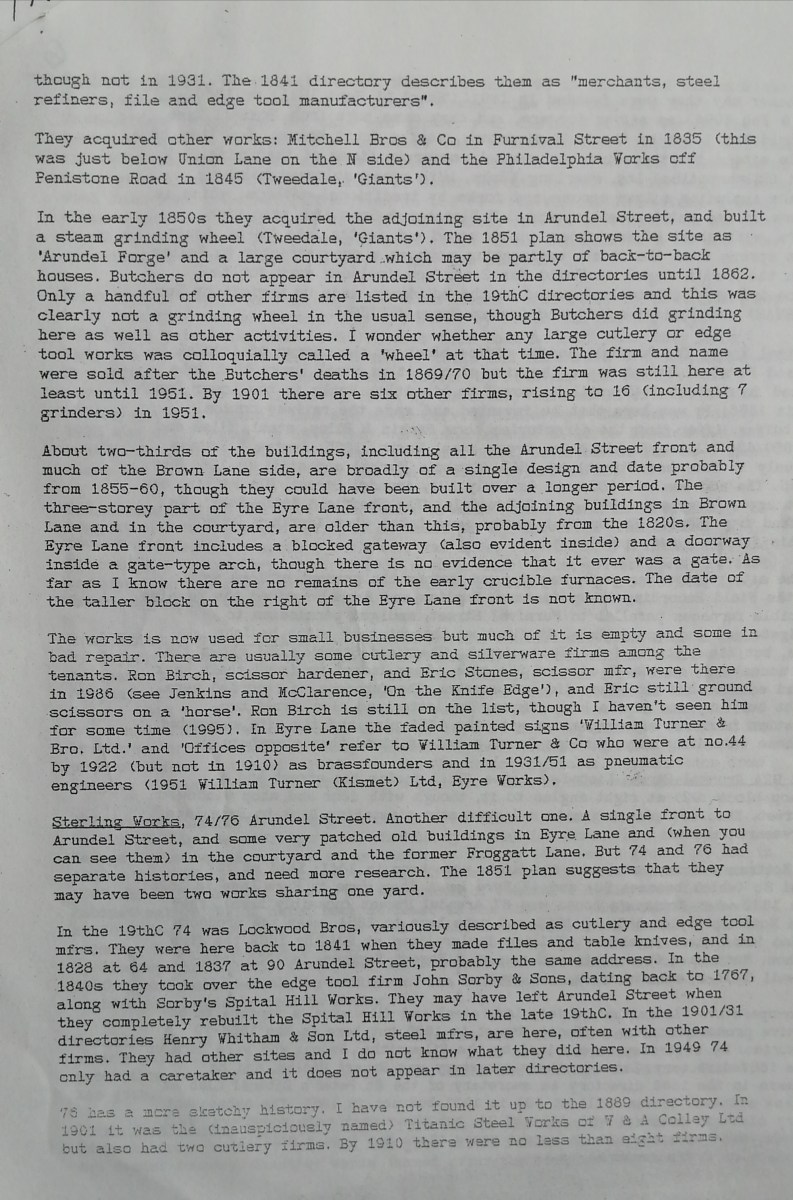
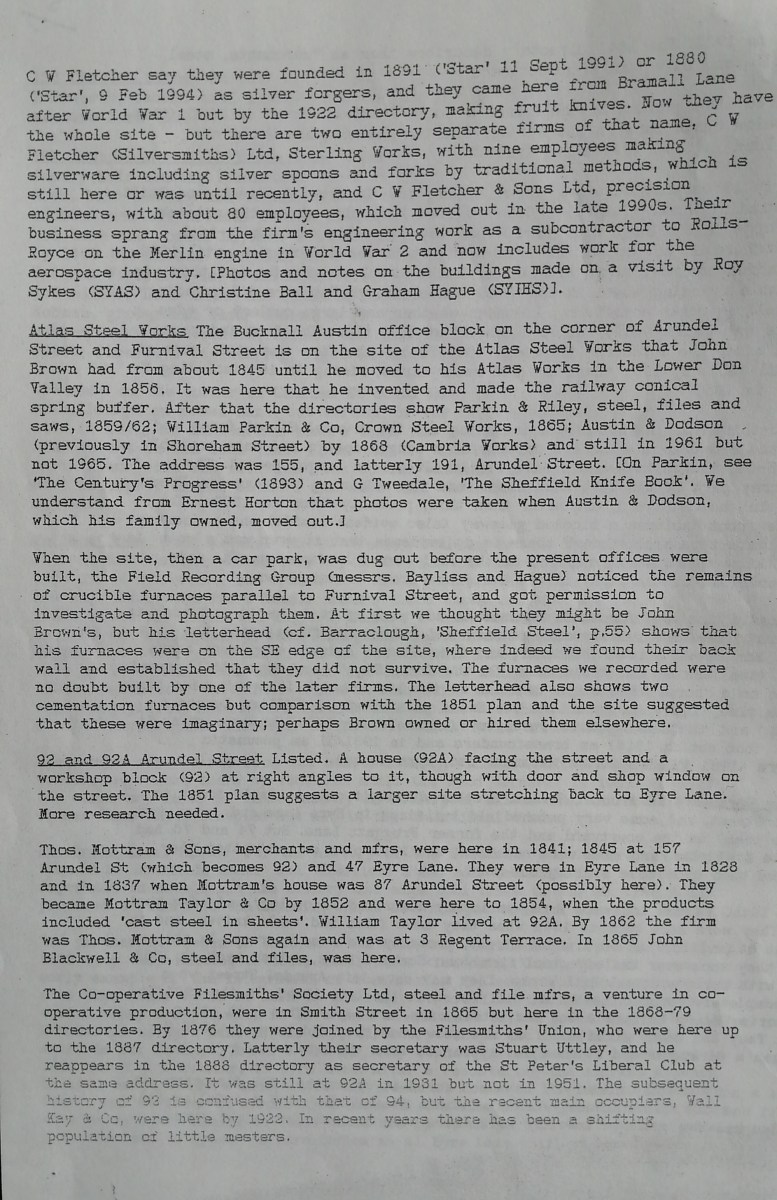


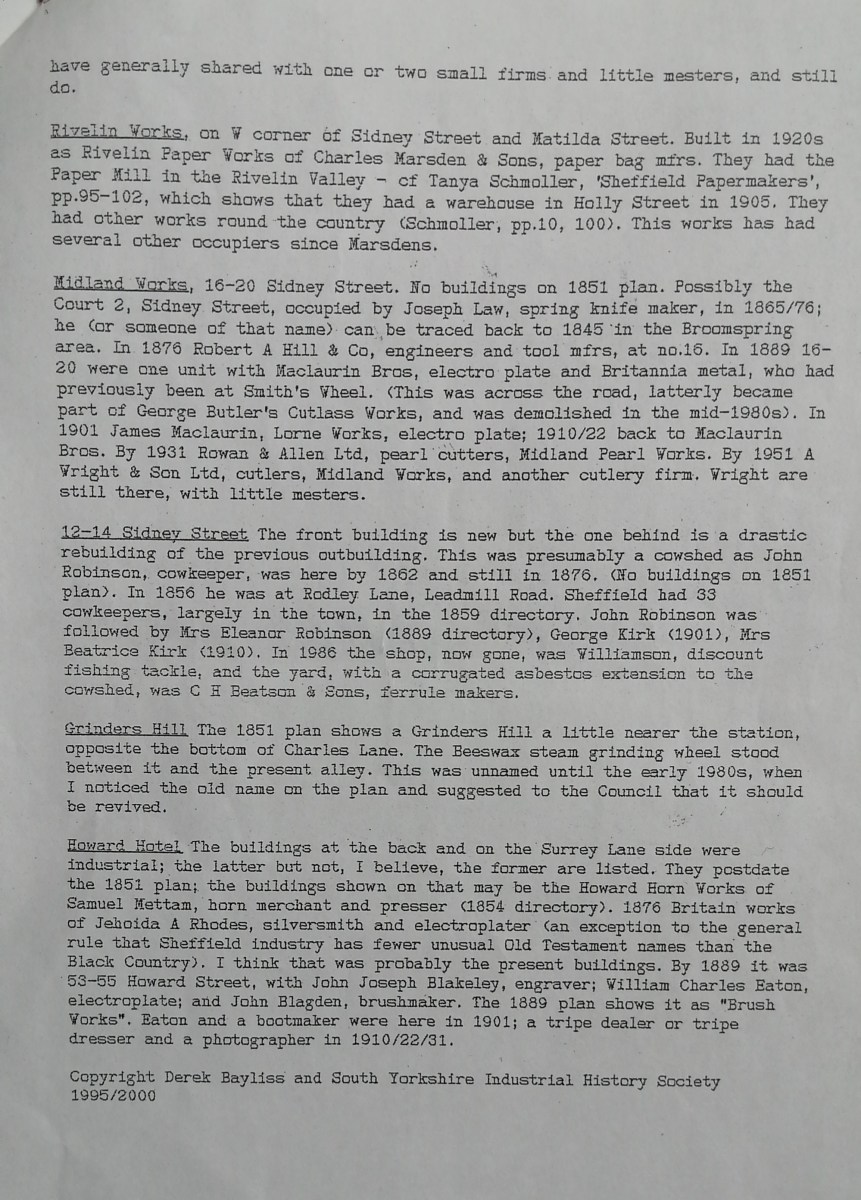

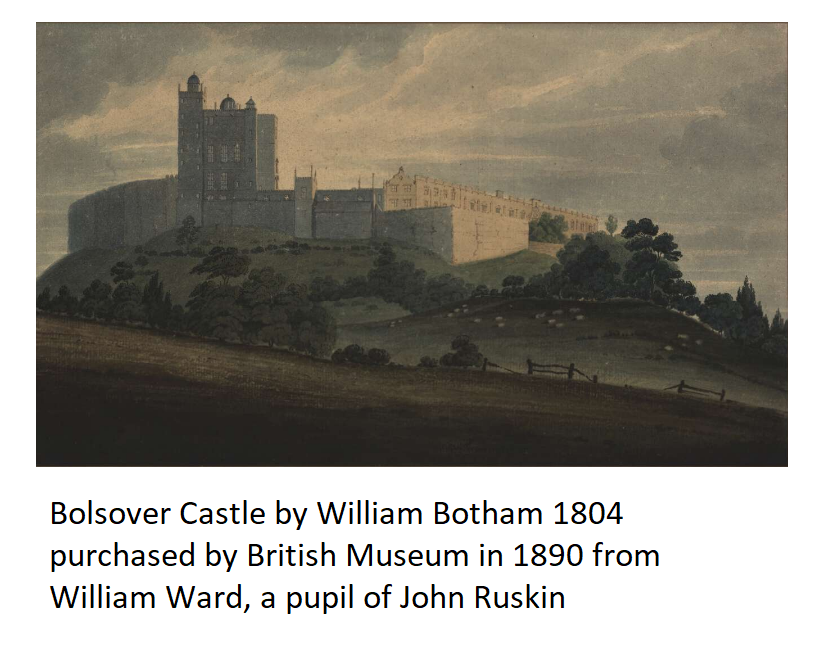
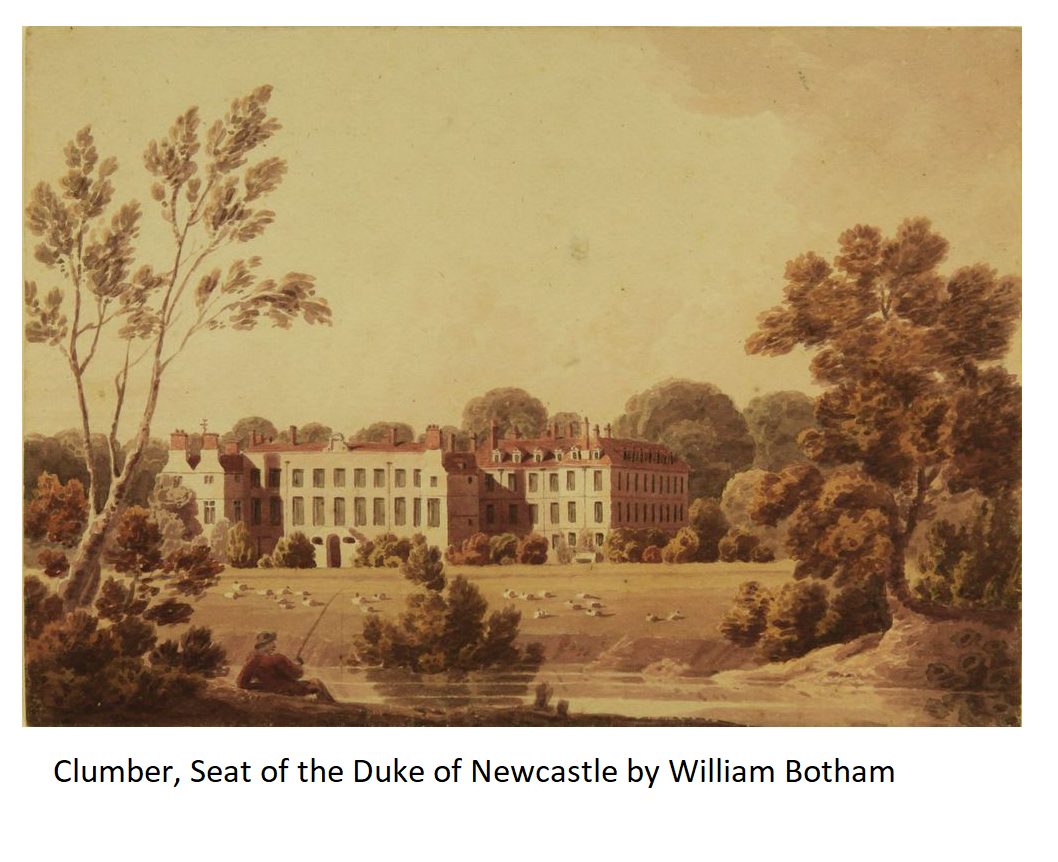
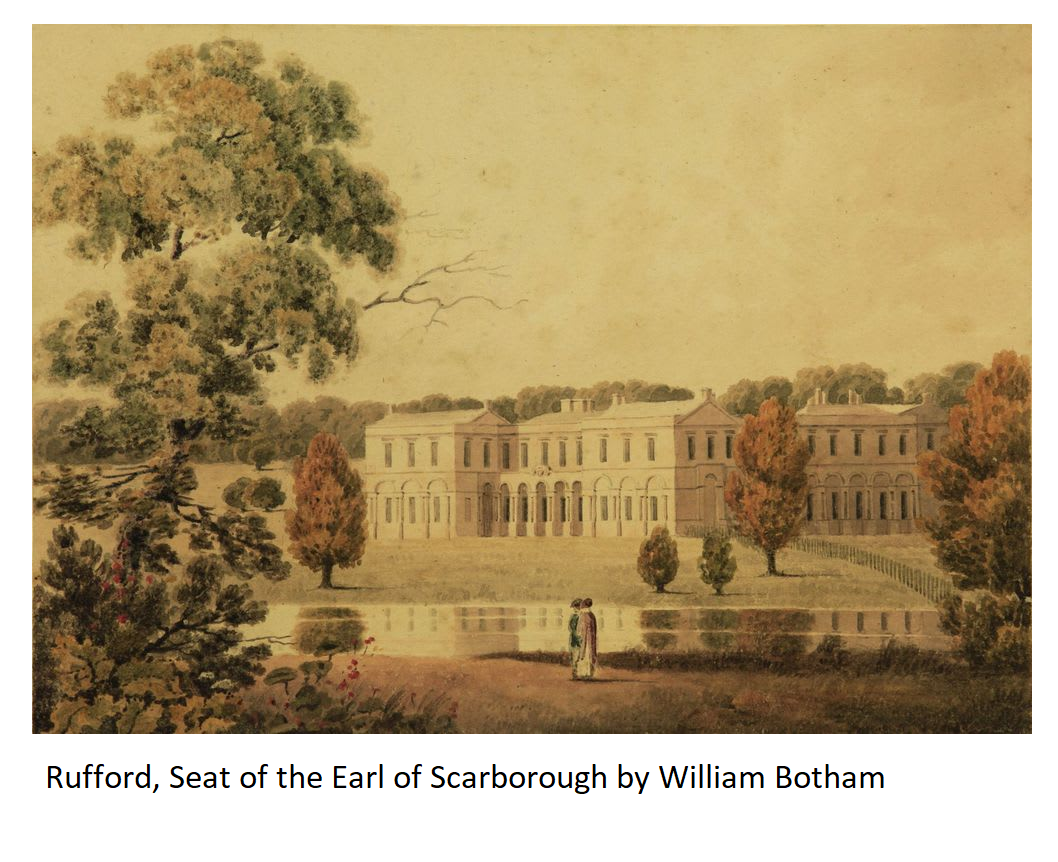

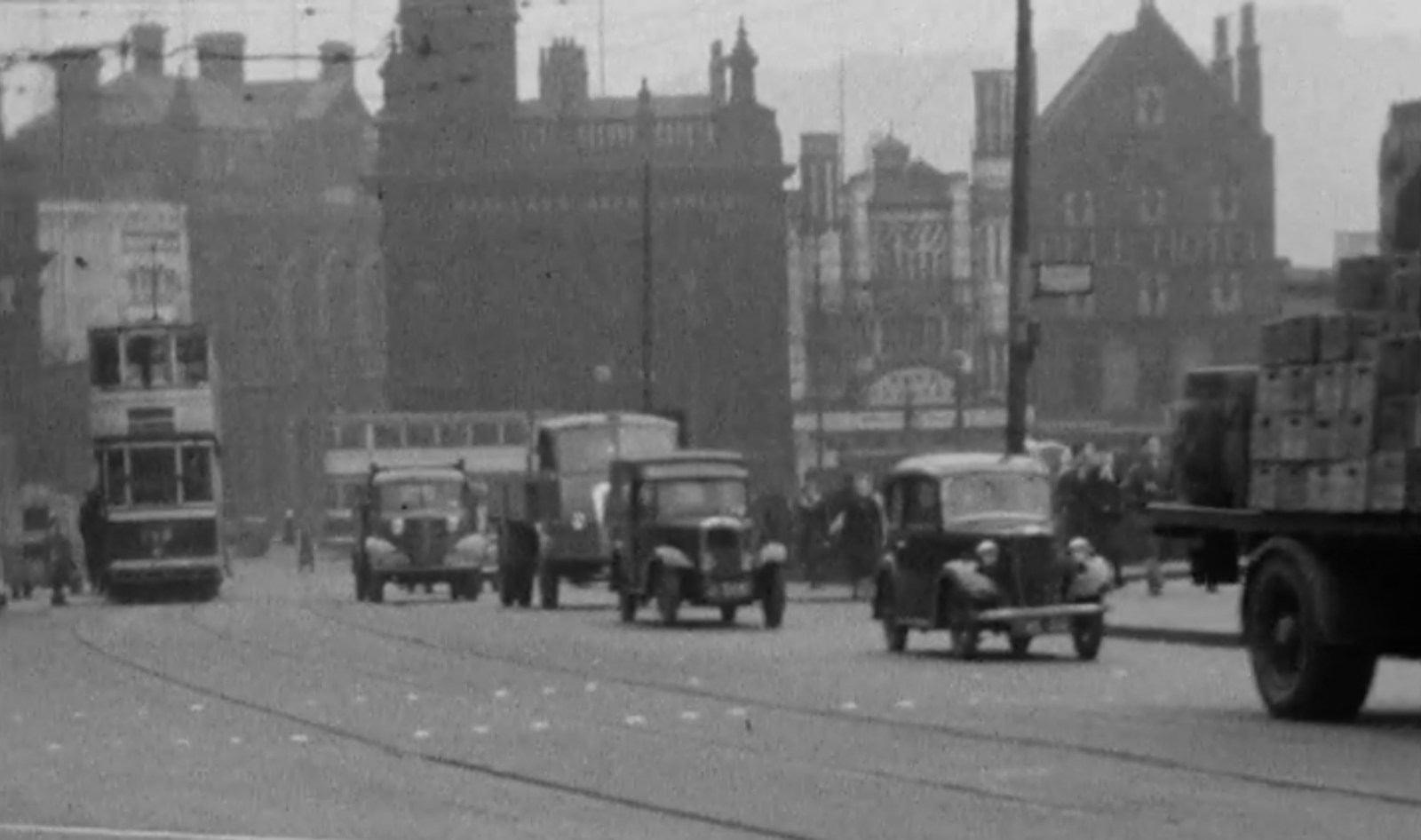
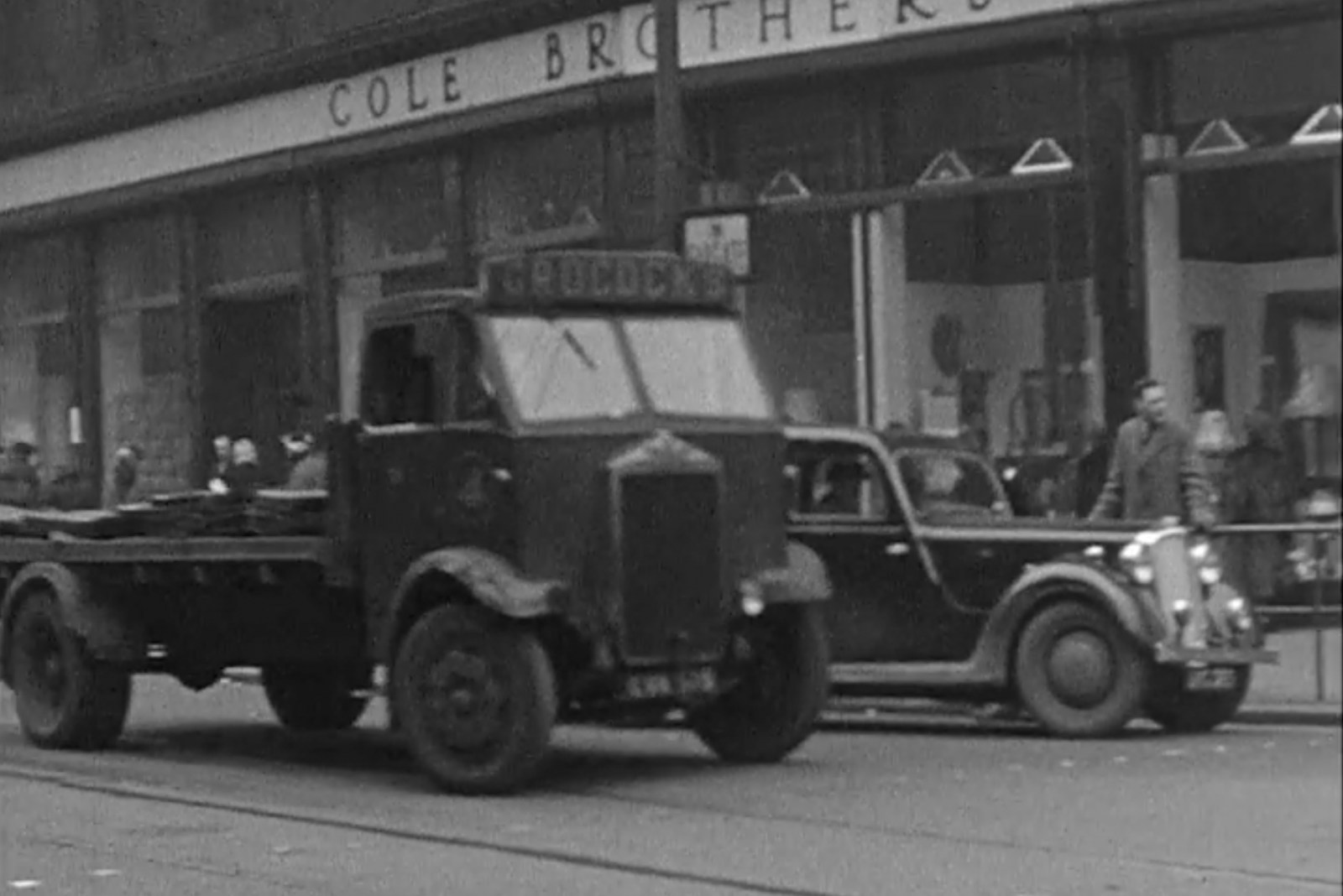
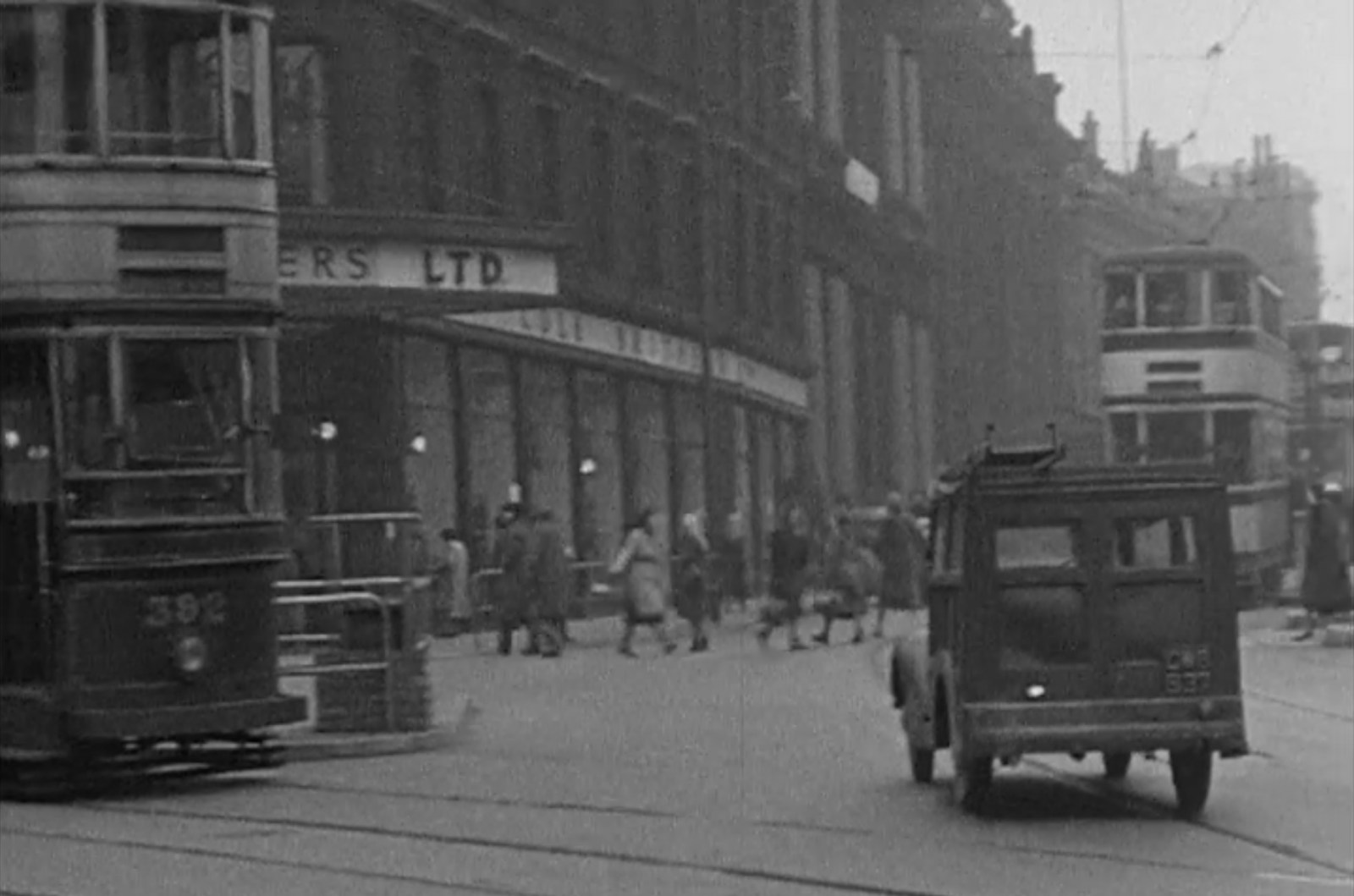
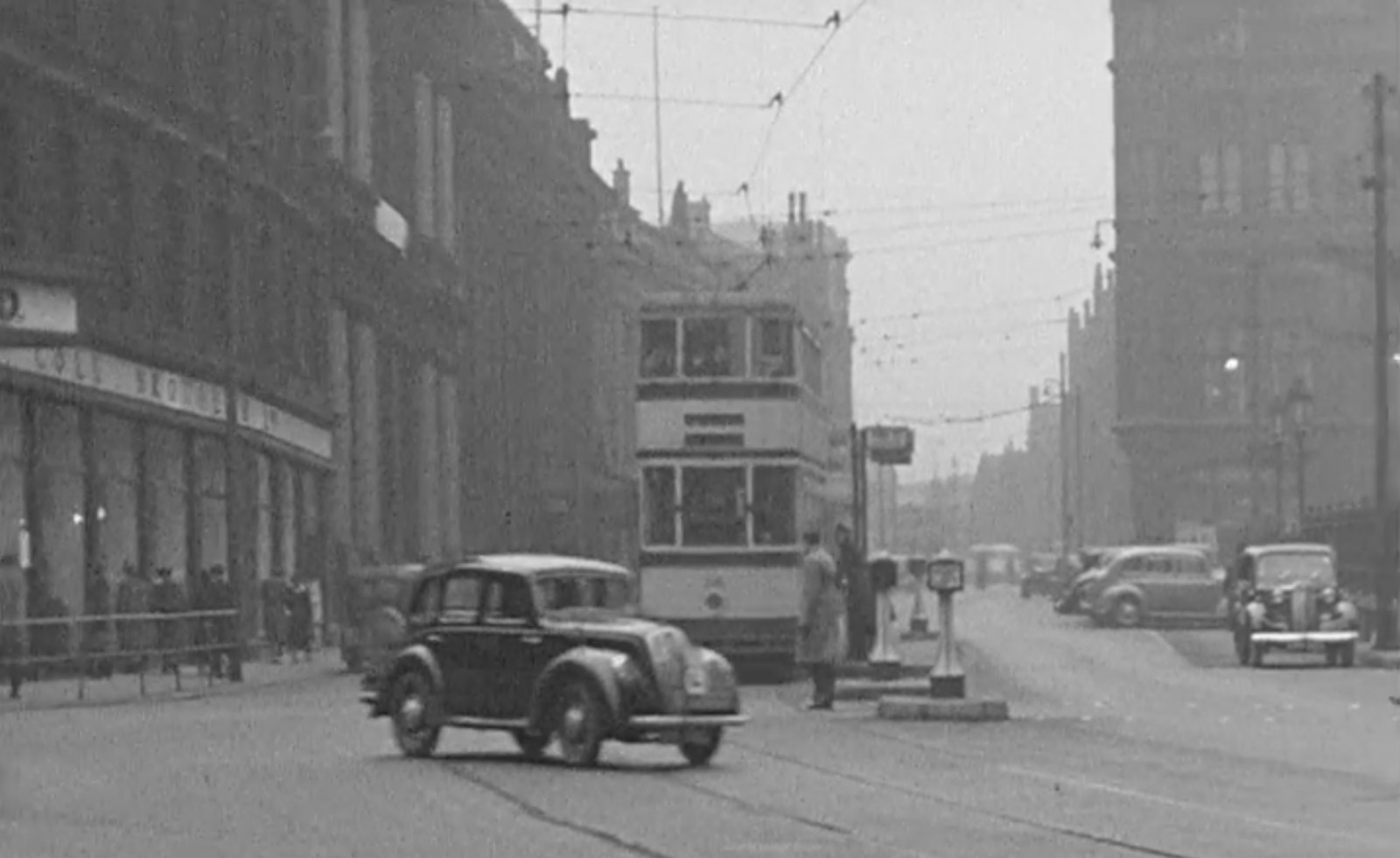
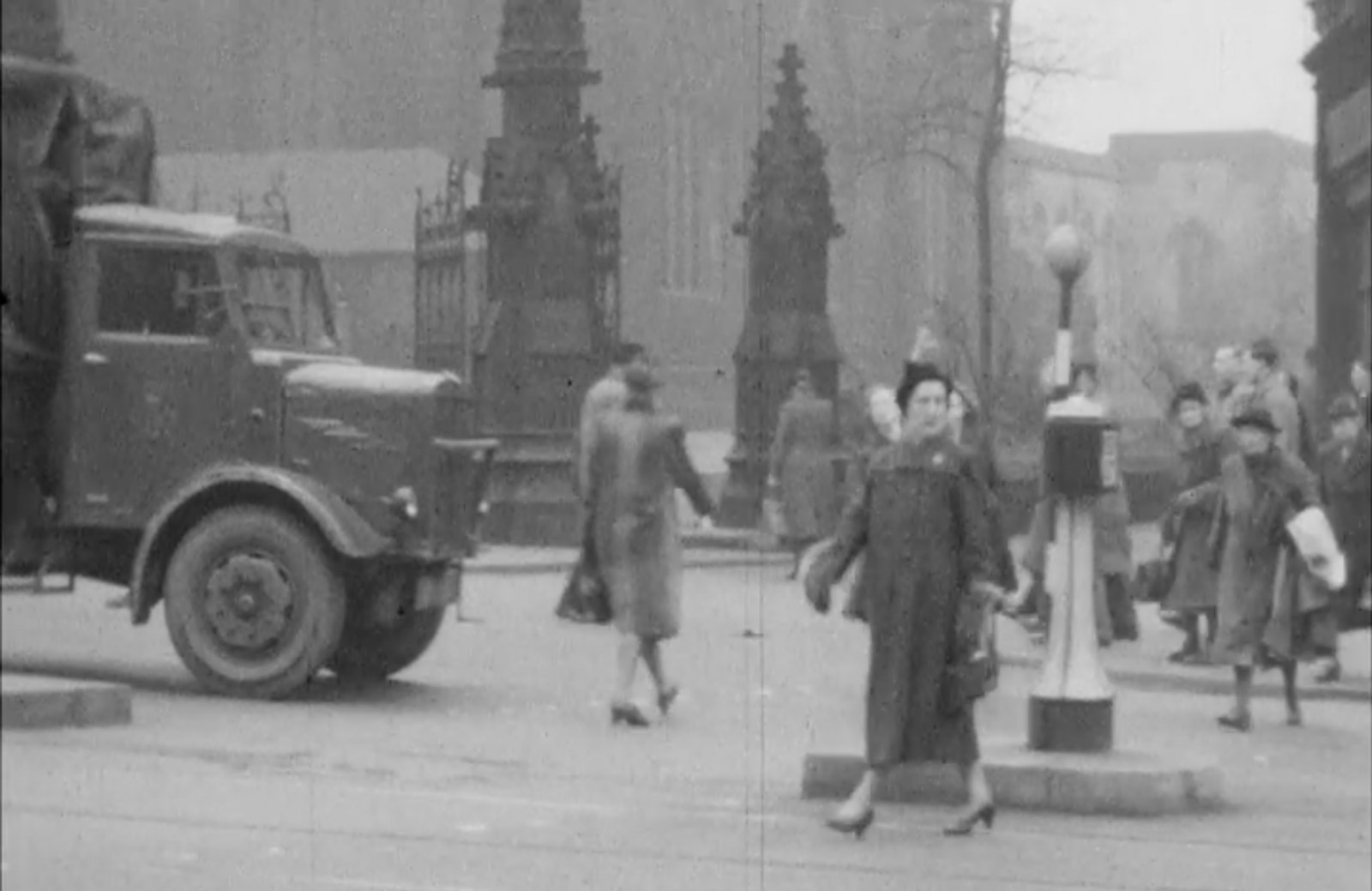

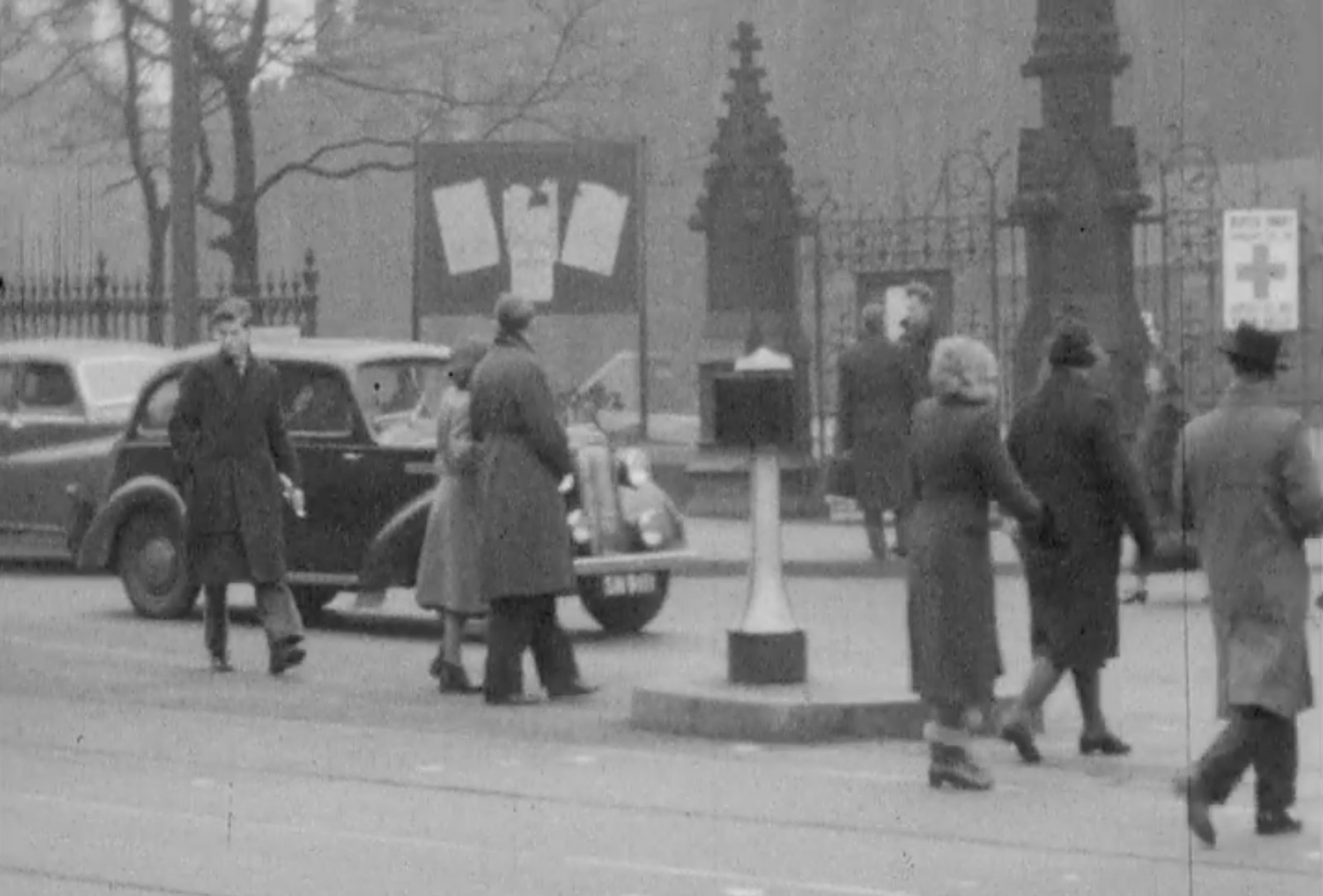
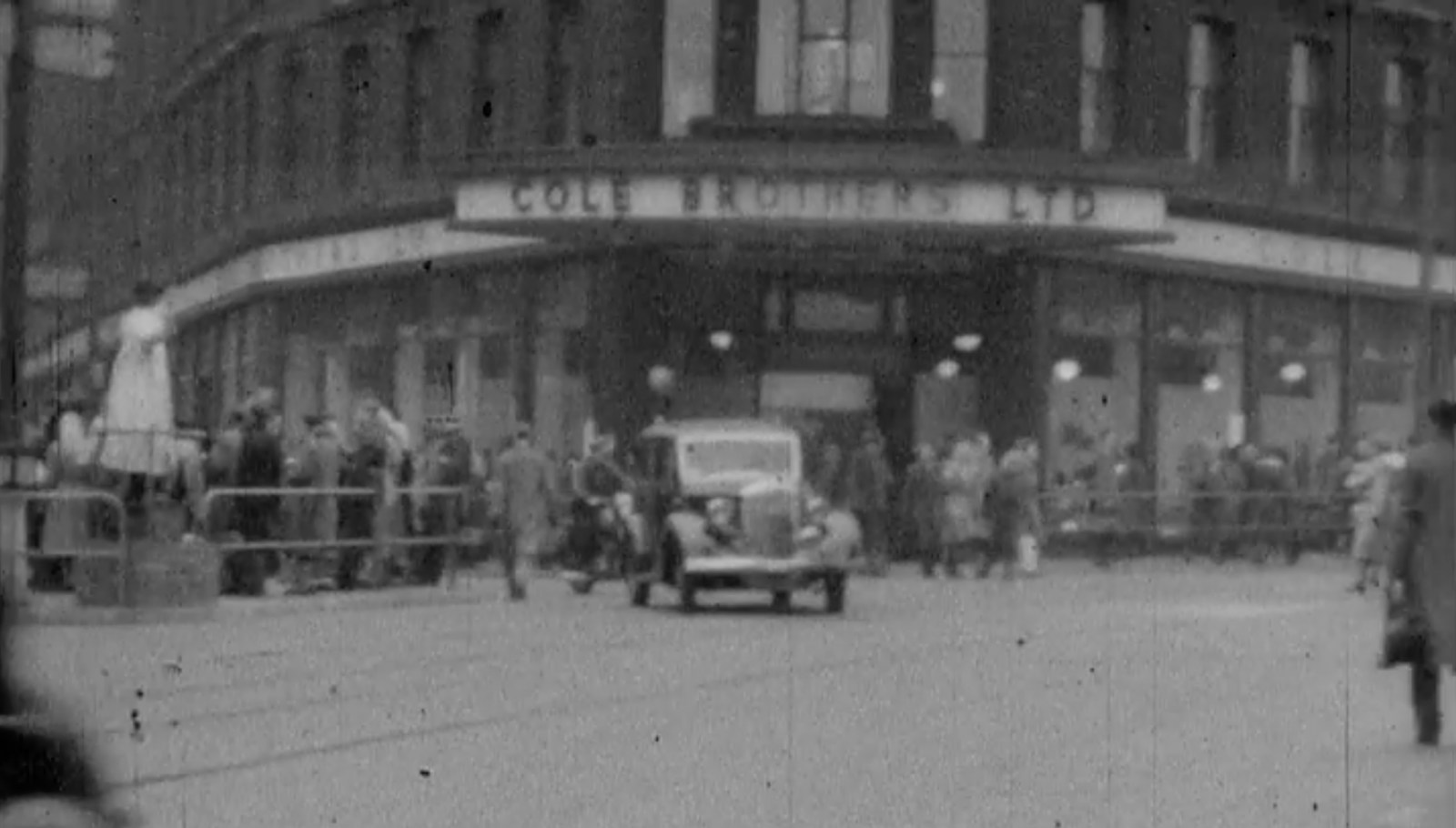
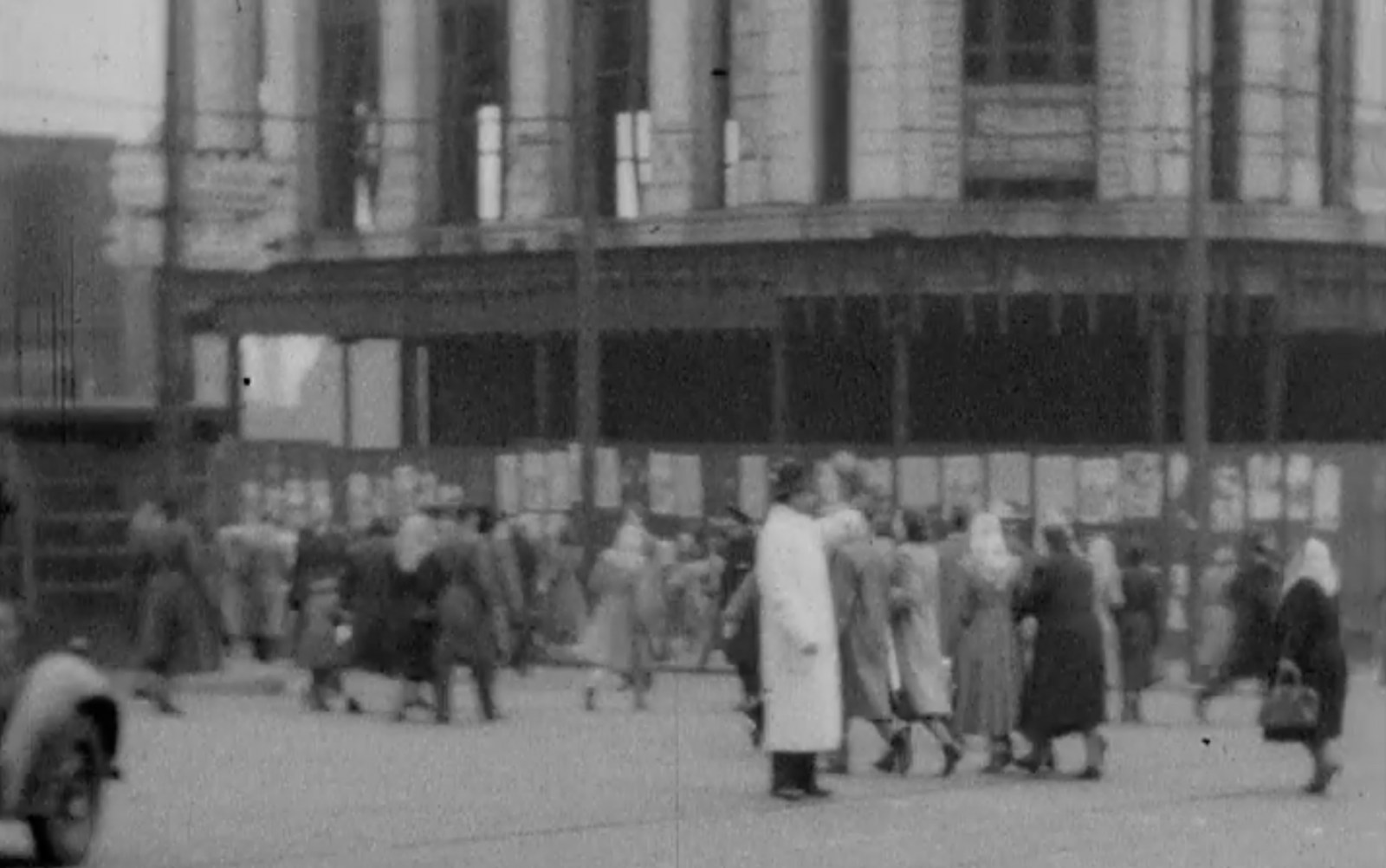
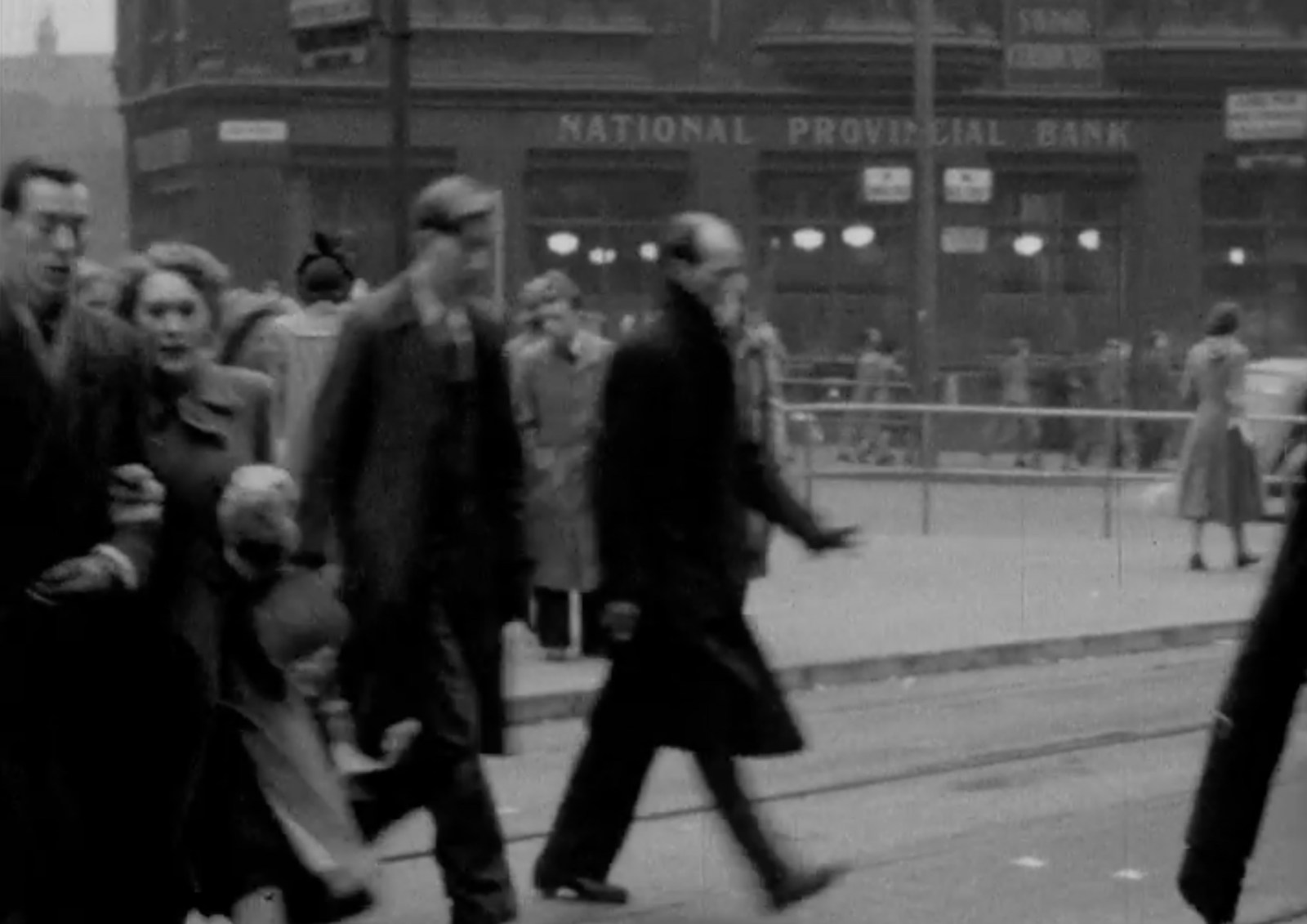
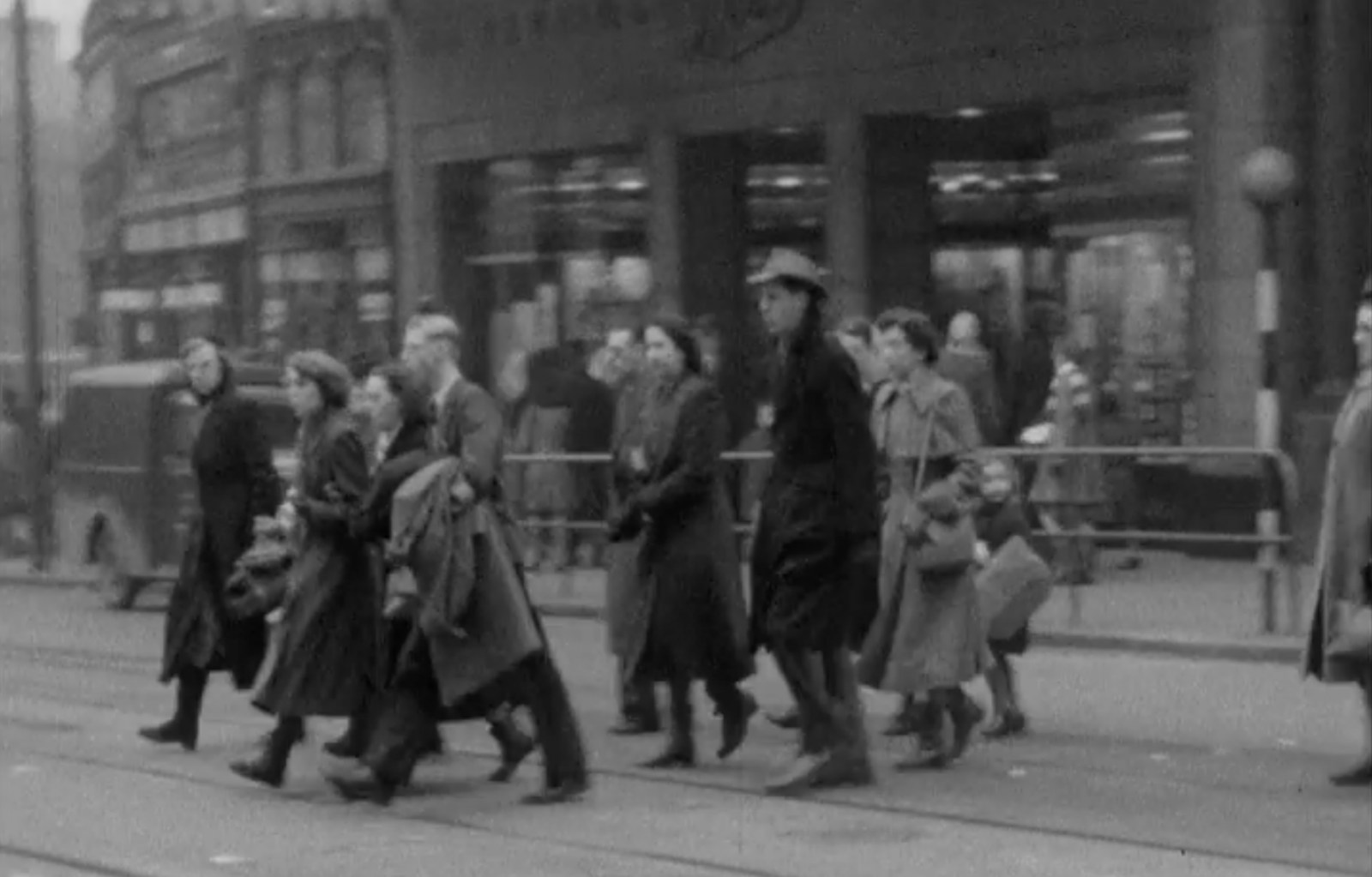
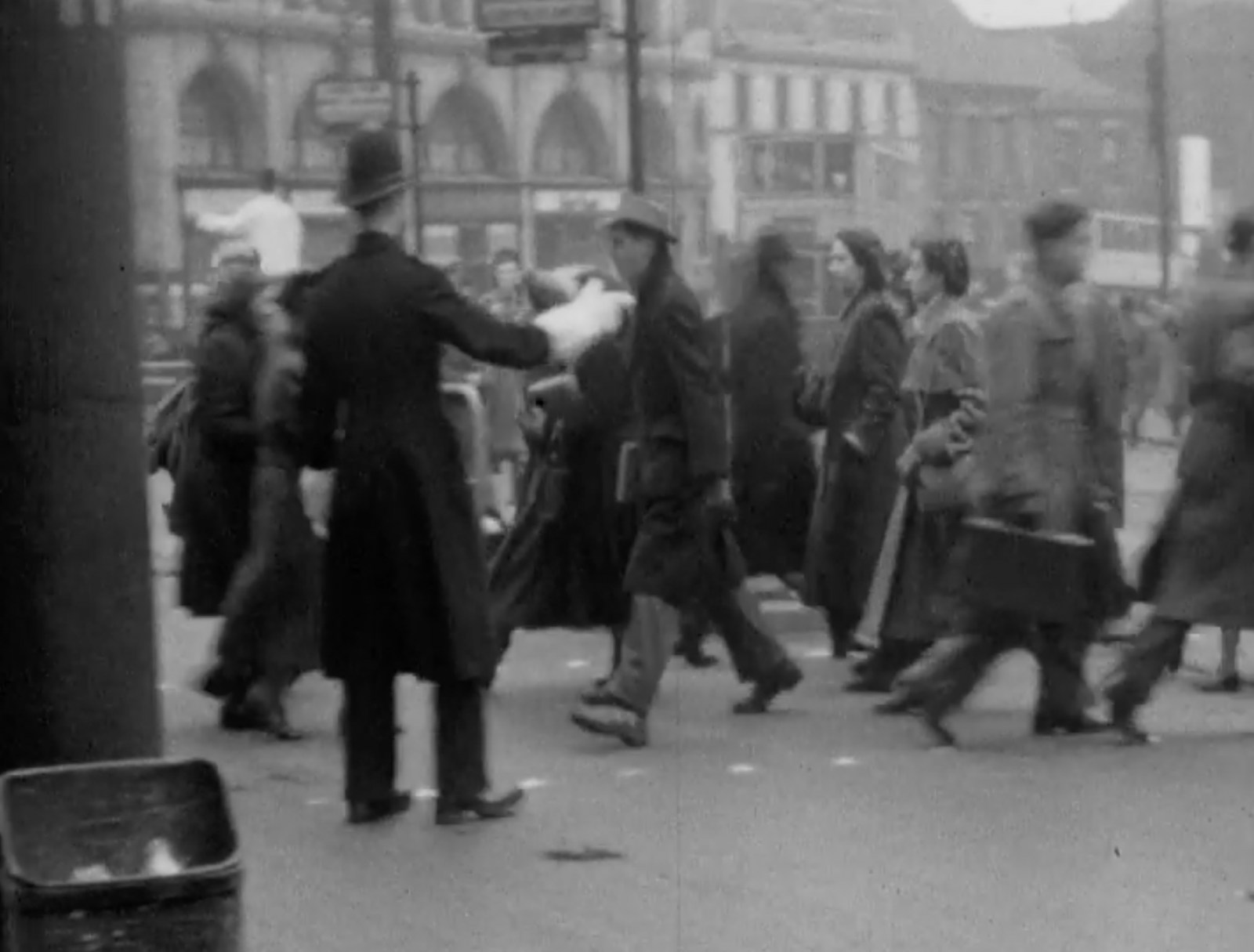
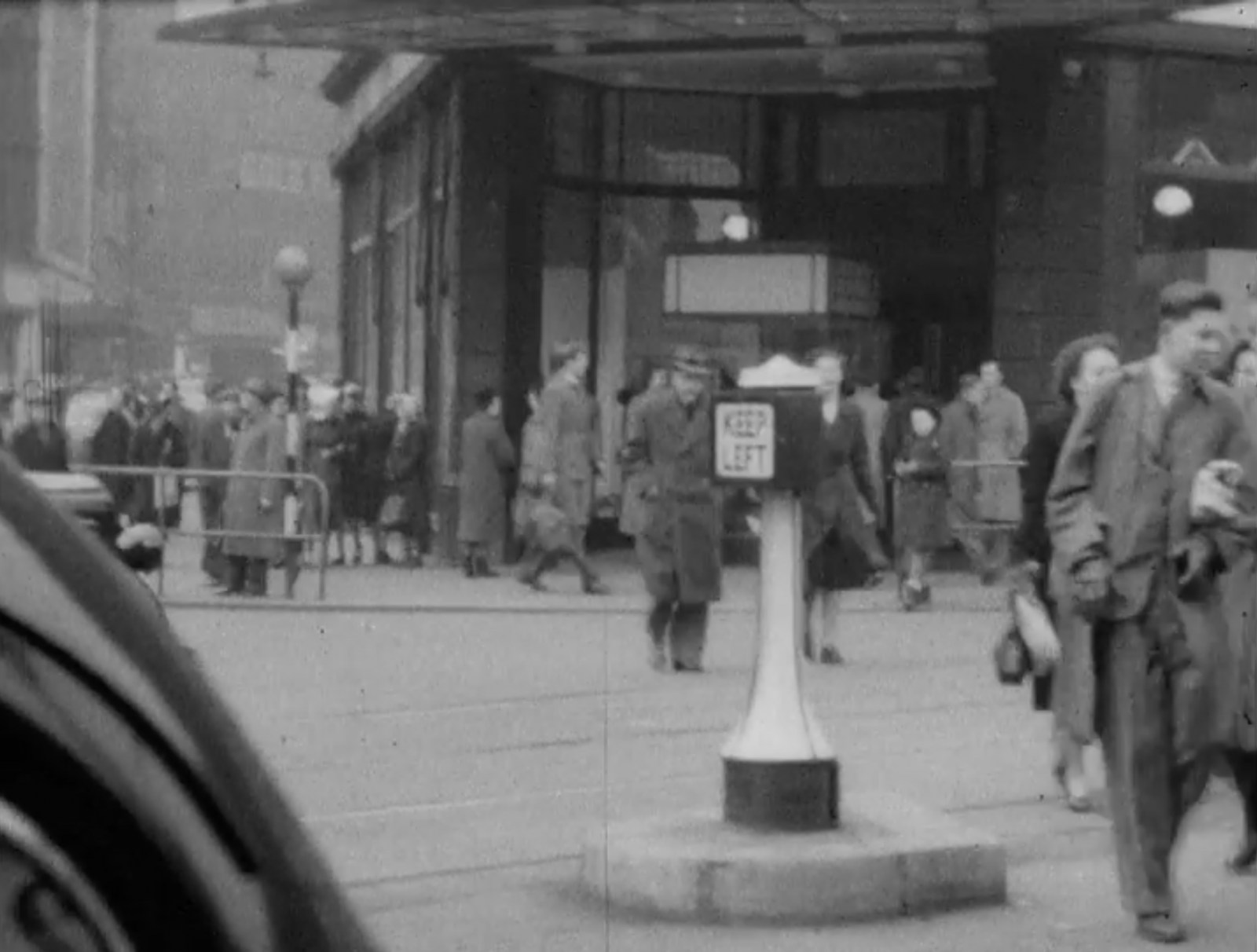
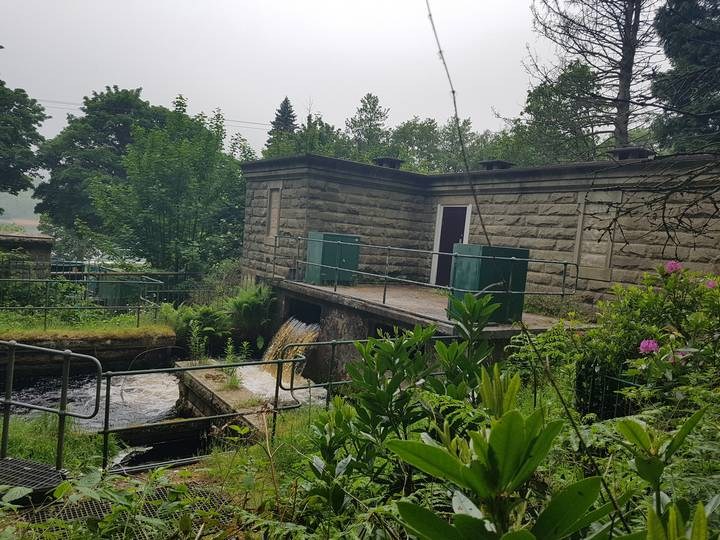
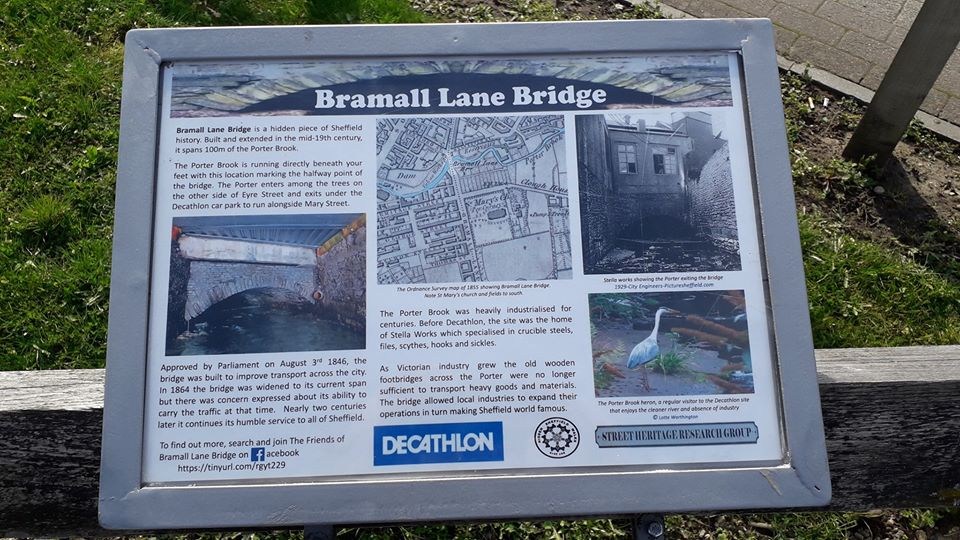
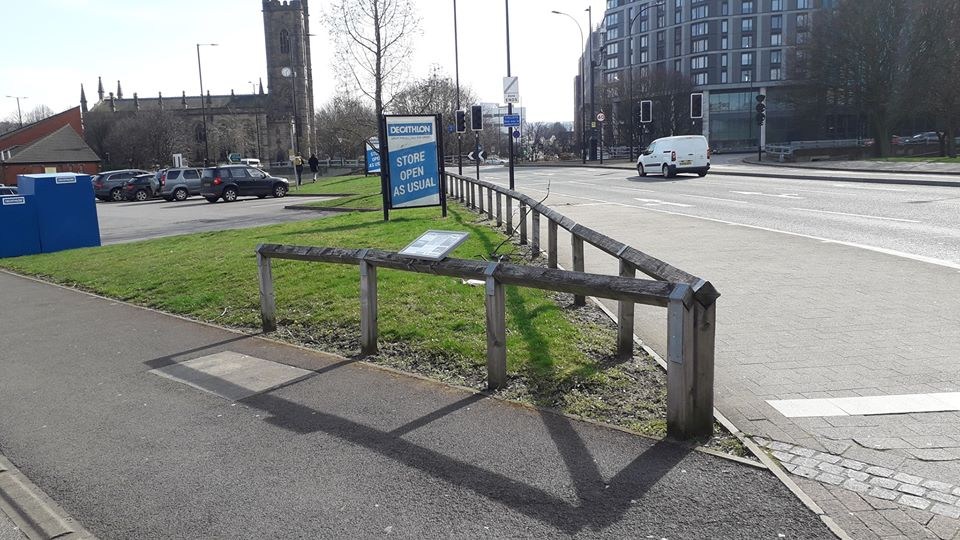


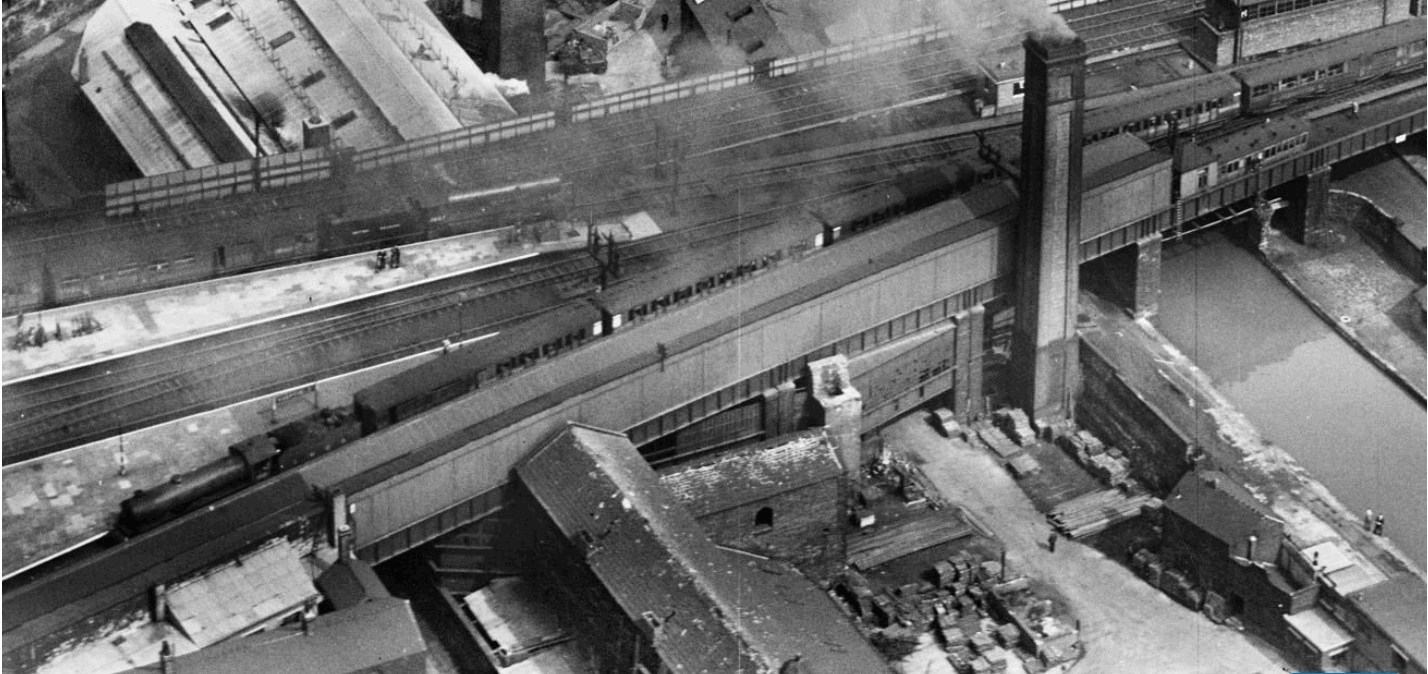
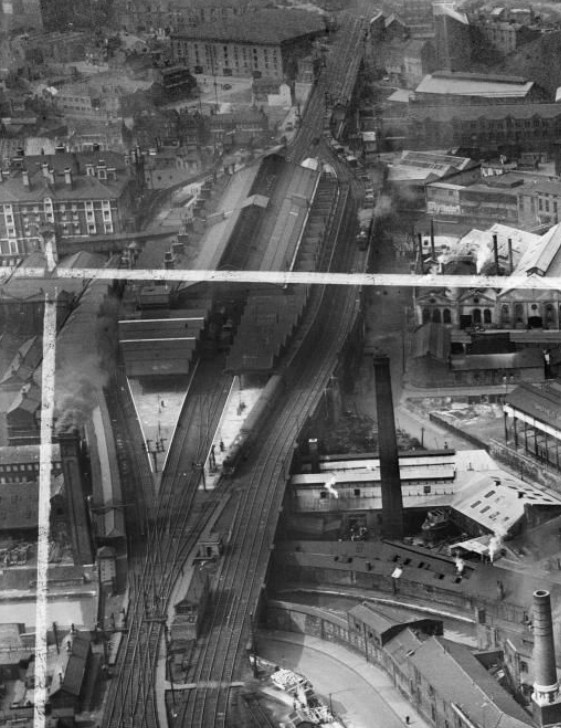

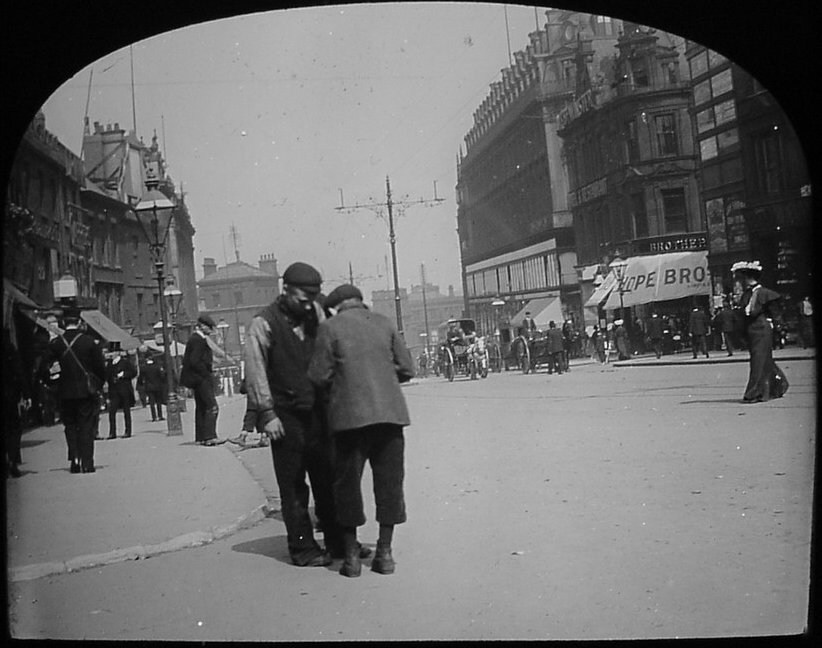
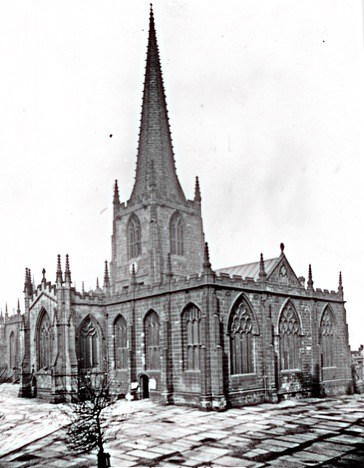
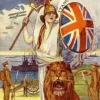
atSheffieldMidland-1931-WebCopy.thumb.jpg.60a24e1f14812f2a23e5e47603dac3e8.jpg)
